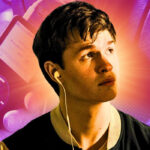What exactly defines “dance songs,” especially when we talk about Club Dancing Songs? It’s a valid question. Broadly speaking, any song that inspires movement could be considered a dance song. From The Beatles to Slayer, diverse genres have produced tracks that get people moving. Hip-hop and reggae are almost inherently danceable. However, when we curate a list of essential club dancing songs, we’re diving into a more specific and vibrant “dance music culture.” This culture, spanning nearly half a century, is a vast and continuously evolving world.
Our journey through the best club dancing anthems begins in the mid-1970s with the disco revolution, transitioning into the early 80s with electro and Latin freestyle sounds that filled the clubs. The narrative takes a turn as disco reinvents itself into house music in Chicago and techno in Detroit, exploding into the 90s rave scene, which birthed genres from jungle and trance to gabba and garage. The 2000s saw the rise of EDM and dubstep, each wave leaving an indelible mark on the club dance floor. These genres, while having their peak moments, never truly disappear; drum ‘n’ bass is experiencing a resurgence, and house music continues to evolve.
This list doesn’t aim to capture every nuance within this vast ocean of subgenres. Instead, we’ve focused on tracks that transcend specific scenes, achieving a more universal and timeless appeal. We’ve paid particular attention to moments where dance music intersected with broader musical landscapes – synth-pop, hip-hop, funk, Miami bass, R&B, indie-rock, Latin, and pop. That’s why you’ll find artists like Prince, Robyn, Britney Spears, and Justin Bieber alongside pioneers like Adonis, Frankie Knuckles, Moodymann, Goldie, and SOPHIE.
If you’ve ever wondered how we arrived at a point where mainstream artists like Drake and Beyoncé are releasing house-infused tracks, this is our attempt to tell that story – or at least, our version of the essential chapters in the history of club dancing songs.
Donna Summer, ‘Last Dance’ (1979)
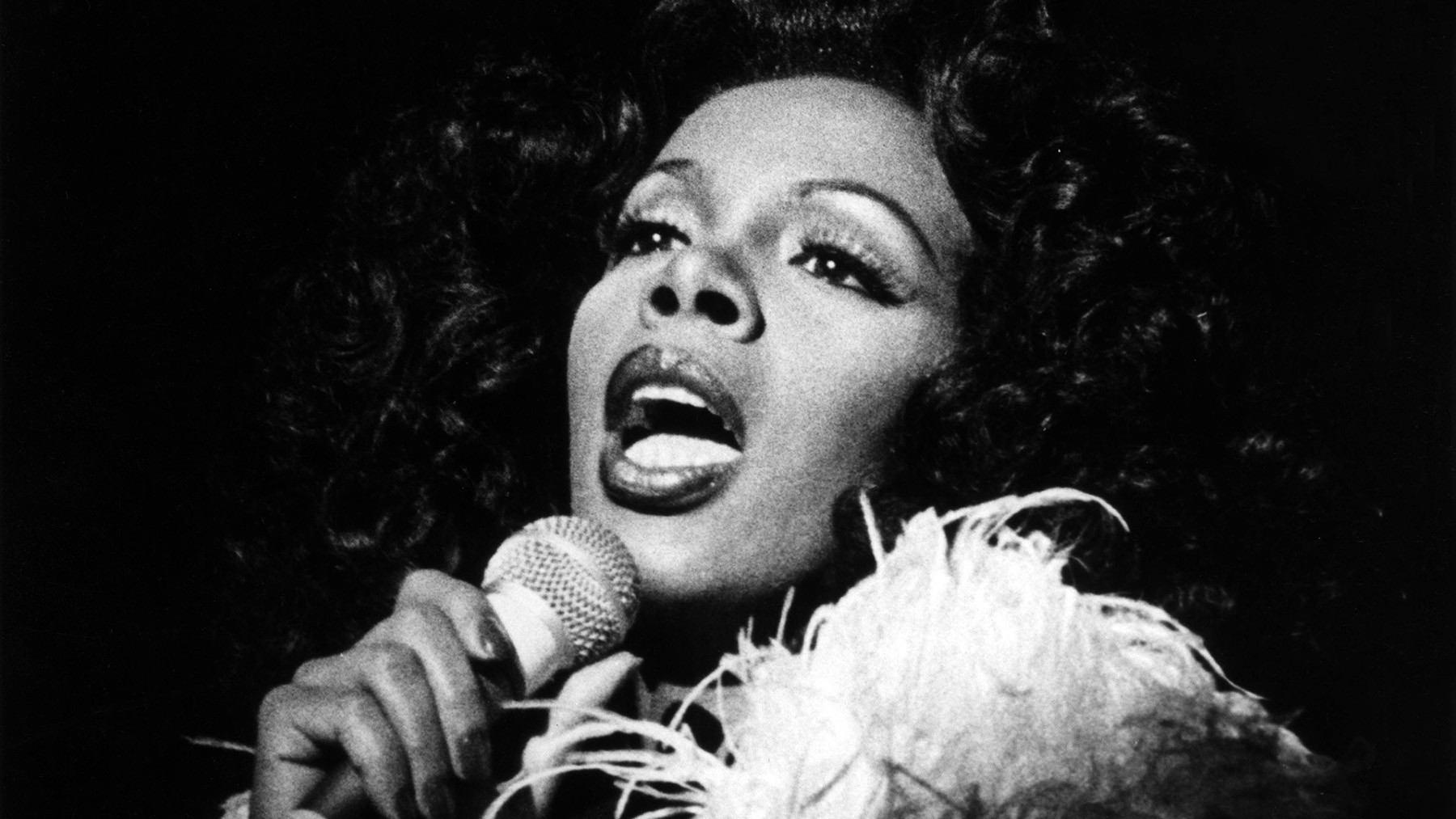 Donna Summer performing in Thank God It's Friday, a classic disco movie featuring club dancing songs
Donna Summer performing in Thank God It's Friday, a classic disco movie featuring club dancing songs
Image Credit: Redferns
While the film Thank God It’s Friday might be seen as a lengthy advertisement for Casablanca Records, a major disco label, “Last Dance” stands as a truly deserving Oscar winner for Best Original Song. This track masterfully builds from a slow, almost ballad-like opening, gradually evolving into a high-energy disco anthem perfect for club dancing. Bob Esty, Casablanca’s in-house producer, deserves immense credit for conceiving the song’s iconic tempo shift, a defining feature of this disco classic. —M.M.
Fatboy Slim, ‘The Rockafeller Skank’ (1998)
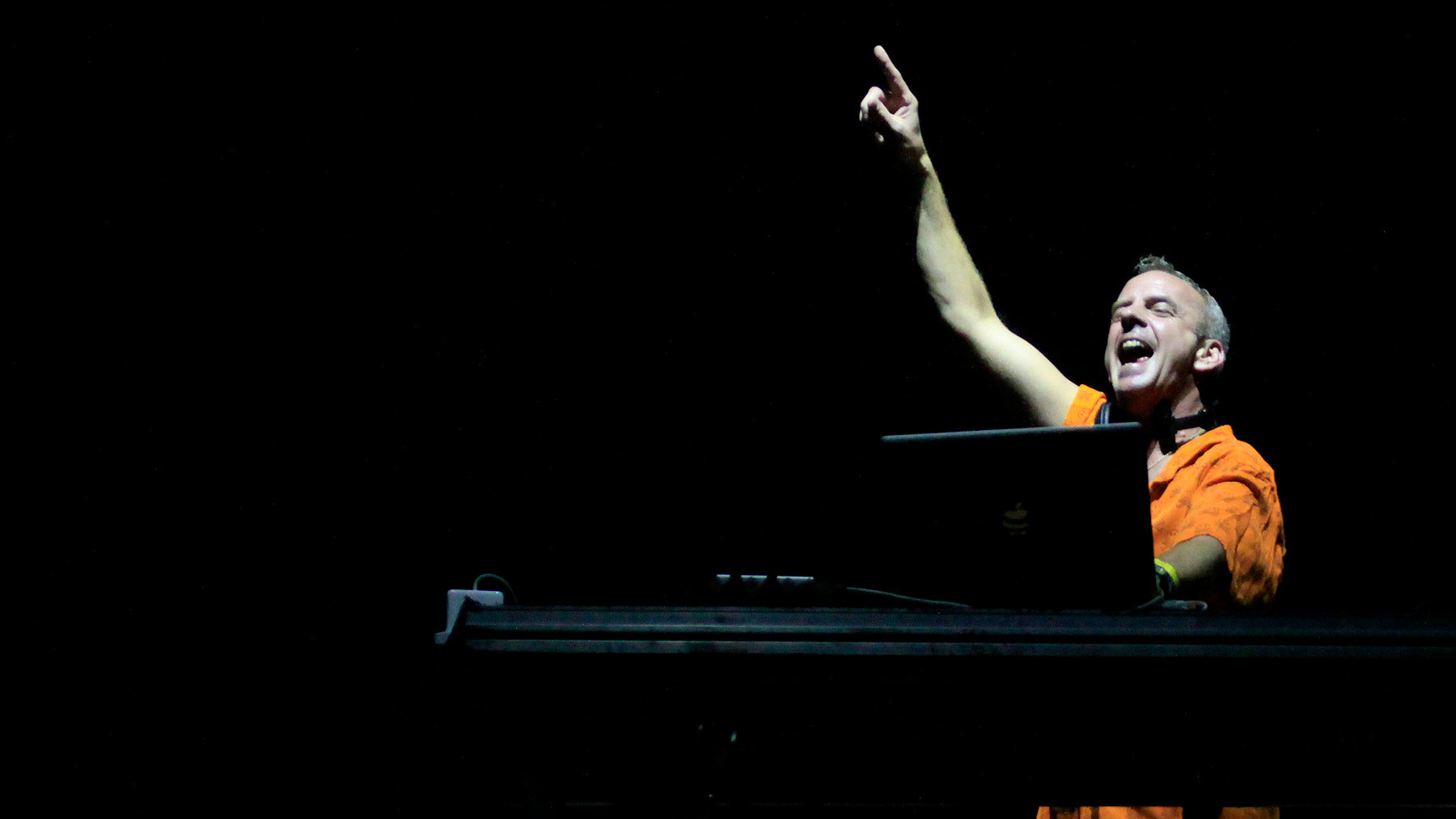 Fatboy Slim performing at Pop Music Festival in Brazil, a British DJ known for club dancing anthems
Fatboy Slim performing at Pop Music Festival in Brazil, a British DJ known for club dancing anthems
Image Credit: AP
Norman Cook, better known as Fatboy Slim, described his massive hit “The Rockafeller Skank” as “funny.” He recounted the first play of the track at the Boutique in Brighton, where the crowd’s reaction was immediate recognition. Cook’s signature formula – breakbeats combined with catchy guitar riffs – reached its peak efficiency here. “Skank,” with its unforgettable surf-rock guitar riff and the iconic Lord Finesse vocal sample (“Right about now, the funk soul brother/Check it out now, the funk soul brother”), quickly became ubiquitous in clubs and on airwaves. Cook jokingly referred to the phenomenon as “Frat-Boy Slim,” acknowledging that “Rockafeller Skank” resonated deeply with a beer-drinking, party-loving mentality, making it a staple in club dancing scenes globally. —M.M.
Mescalinum United, ‘We Have Arrived’ (1991)
Techno’s aggressive counterpart, “gabber,” originating from the Dutch word for “buddy,” finds its most dedicated fanbase in the Netherlands. However, Marc Acardipane, known under approximately 90 aliases, is considered gabber’s pioneering figure. His groundbreaking track, “We Have Arrived,” released under the name Mescalinum United, remains intensely impactful. Built upon relentless, pounding drums and piercing air-raid siren sounds, this record became the foundation upon which the gabber genre was constructed. In Brooklyn raves, where DJ Lenny Dee championed the track – releasing it in the US on his label – crowds would enthusiastically mosh to its extreme energy, showcasing its power as a club dancing track for a more intense scene. —M.M.
Oliver Heldens, ‘Melody’ (2016)
 Oliver Heldens, Dutch DJ and producer of modern club dancing music
Oliver Heldens, Dutch DJ and producer of modern club dancing music
By the mid-2010s, a shift was occurring in dance music, with even main-stage festival DJs tiring of the predictable “build-and-drop” formula that had dominated the scene. Oliver Heldens’ “Melody” signaled a refreshing change. Released when the Dutch producer was only 18, “Melody” displayed a maturity beyond his years. Its sweeping string arrangements and uplifting piano melodies evoked a more refined, classic dance music sensibility, while still retaining a powerful, stomping bassline that resonated with contemporary club dancing trends. This track marked a move towards more sophisticated sounds within mainstream dance music. —M.M.
Kerri Chandler, ‘Rain’ (1998)
New Jersey house producer Kerri Chandler’s deeply soulful and uplifting tracks have solidified his status as a significant influence on younger producers and DJs. Chandler, however, doesn’t consider himself primarily a singer. As he stated in 2014, “I feel I’m more of a vocalist. I write my life’s story and let it out through the music.” Perhaps “monologist” is a more fitting term. On “Rain,” Chandler’s heartfelt plea, punctuated by the repeated word “rain,” teeters on the edge of sadness. Yet, the music itself is more playful than melancholic, particularly the memorable xylophone solo. This emotional depth combined with a driving house beat makes “Rain” a unique and captivating club dancing experience. —M.M.
Detroit Grand Pubahs, ‘Sandwiches’ (2000)
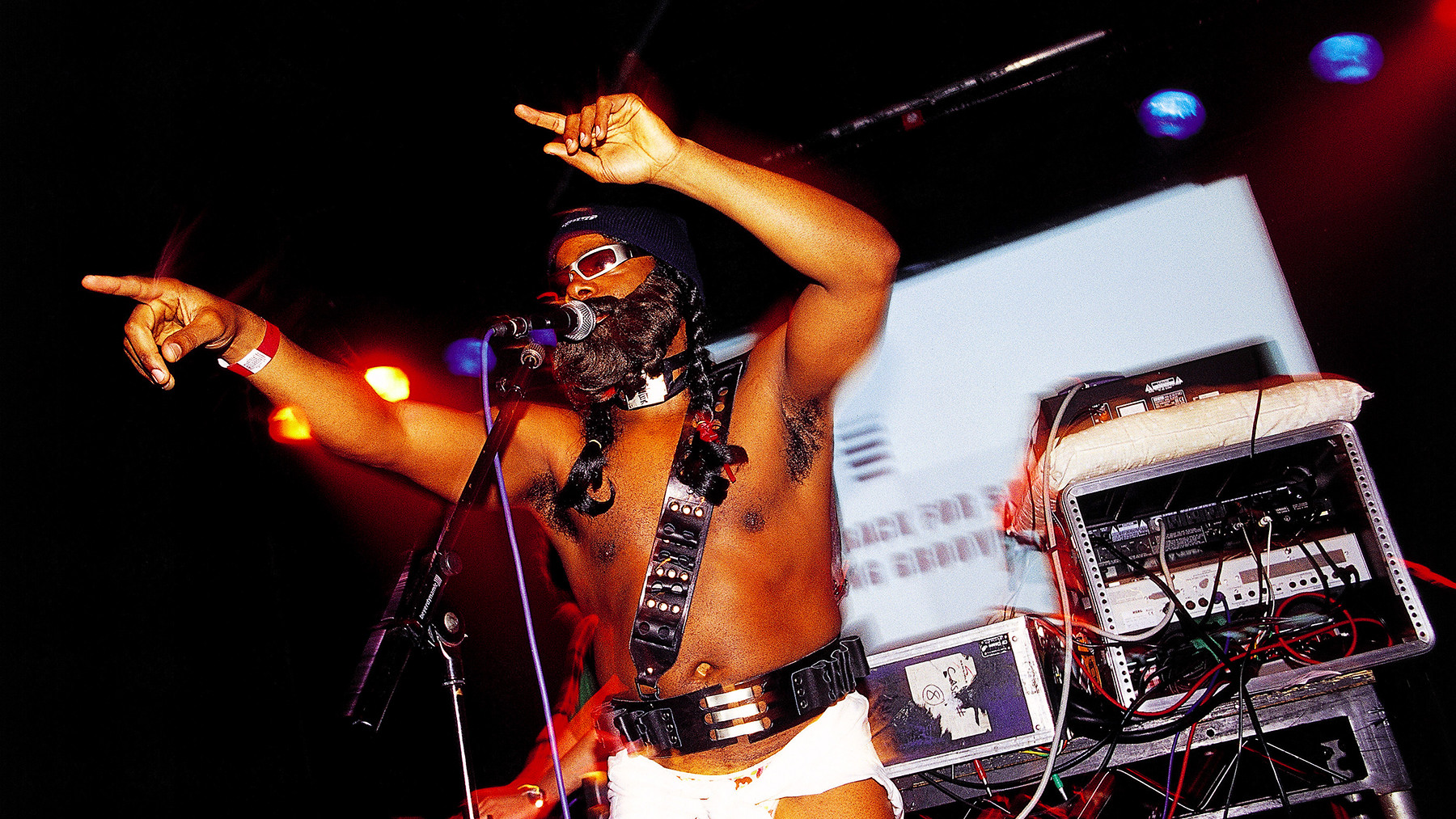 Paris the Black Fu of Detroit Grand Pubahs performing live in London, known for electro club dancing tracks
Paris the Black Fu of Detroit Grand Pubahs performing live in London, known for electro club dancing tracks
Image Credit: Jim Dyson/Getty Images
Andy Toth and Mack Goudy, known as Dr. Toefinger and Paris the Black Fu of Detroit Grand Pubahs, first connected while working at a restaurant in Royal Oak, Michigan. Their shared appreciation for whiskey and music led to their collaboration. One evening, Toth created a dynamic and quirky electro track, and Paris spontaneously grabbed the microphone. As Toth recalls, Paris simply said, “Don’t worry about it. Just turn the mic on.” Within minutes, Paris improvised sexually suggestive and humorous lyrics about a dance floor encounter, creating “Sandwiches.” This track became an unexpected hit in Detroit’s early 2000s electro revival, and an instant global club dancing sensation, celebrated for its raw energy and playful absurdity. —M.M.
Black Box, ‘Everybody Everybody’ (1990)
Sometimes, iconic records emerge from ethically questionable beginnings, as is the case with “Everybody Everybody.” Martha Wash of the Weather Girls was hired in 1989 to record demos for Italian house producers Groove Groove Melody, with the understanding that these tracks would be presented to other vocalists. However, the songs were released under the name Black Box, featuring Wash’s uncredited vocals. Adding insult to injury, a model was hired to lip-sync Wash’s vocals in music videos. Wash took legal action and won, setting a precedent against such practices. Daniele Davoli of Black Box later expressed remorse, admitting, “We didn’t know any better at the time. I guess we had to learn from our mistakes,” in a 2013 interview. Despite the controversy, “Everybody Everybody” became a massive club dancing hit, showcasing the powerful vocals and infectious energy of house music in the early 90s. —M.M.
Big Freedia, ‘Azz Everywhere’ (2010)
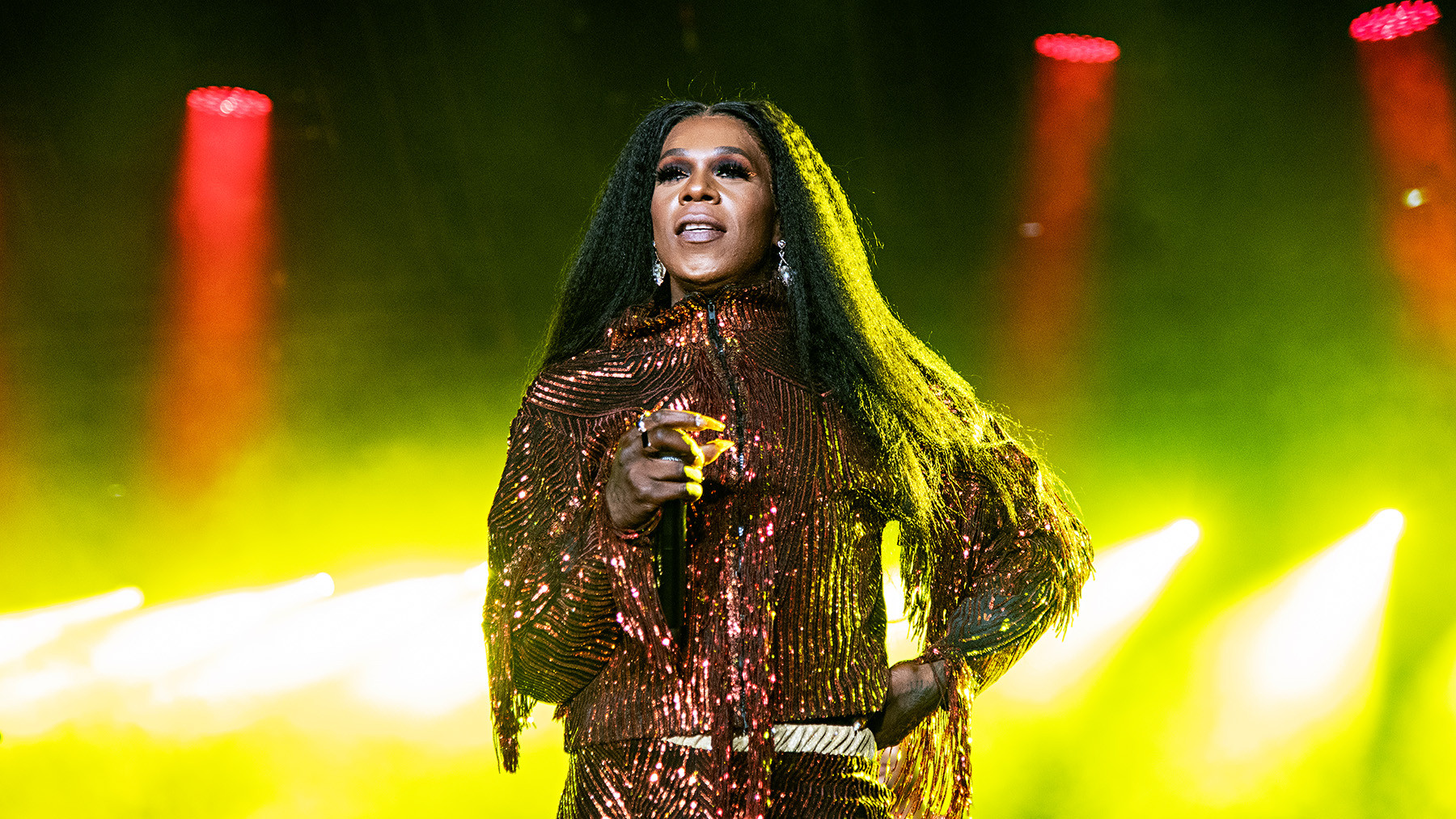 Big Freedia performing at Essence Festival in New Orleans, pioneer of bounce music for club dancing
Big Freedia performing at Essence Festival in New Orleans, pioneer of bounce music for club dancing
Image Credit: Amy Harris/Invision/AP
Big Freedia, a prominent figure in New Orleans bounce music, described her global mission in 2011: “I’ve run across half the globe now, spreading the goodness of bounce and trying to get people everywhere onto what’s been around for two decades.” Bounce, the high-energy, often raucous club sound of New Orleans, is intrinsically linked to twerking. “Azz Everywhere” was the track that propelled bounce music into wider recognition. It’s a chaotic explosion of snares, samples, and the repeated, shouted title phrase. Big Freedia emphasizes the participatory nature of bounce, stating, “We hold classes on the road sometimes at performing venues and different colleges to teach about the history of bounce music. We describe it as an uptempo, heavy bass, holler-response music. And it definitely has a lot to do with azz shaking!” making it a truly unique and energetic style of club dancing music. —M.M.
Joy Orbison, ‘Hyph Mngo’ (2009)
In the late 2000s, dubstep producers were pushing boundaries, leading to a wave of experimental tracks. Joy Orbison’s debut, “Hyph Mngo,” became the quintessential dubstep track of 2009, capturing the scene at its peak. The track’s smooth bassline and synthetic textures create a gliding sensation, while the syncopated snare drum and fragmented vocal samples—a woman’s voice intermittently calling out “Ooh!” and “I do”—impart an unexpected emotional depth, rare for dubstep at the time. This emotional resonance contributed to “Hyph Mngo” crossing over into the mainstream, becoming a significant track for club dancing and wider electronic music audiences. —M.M.
ESG, ‘Moody’ (1981)
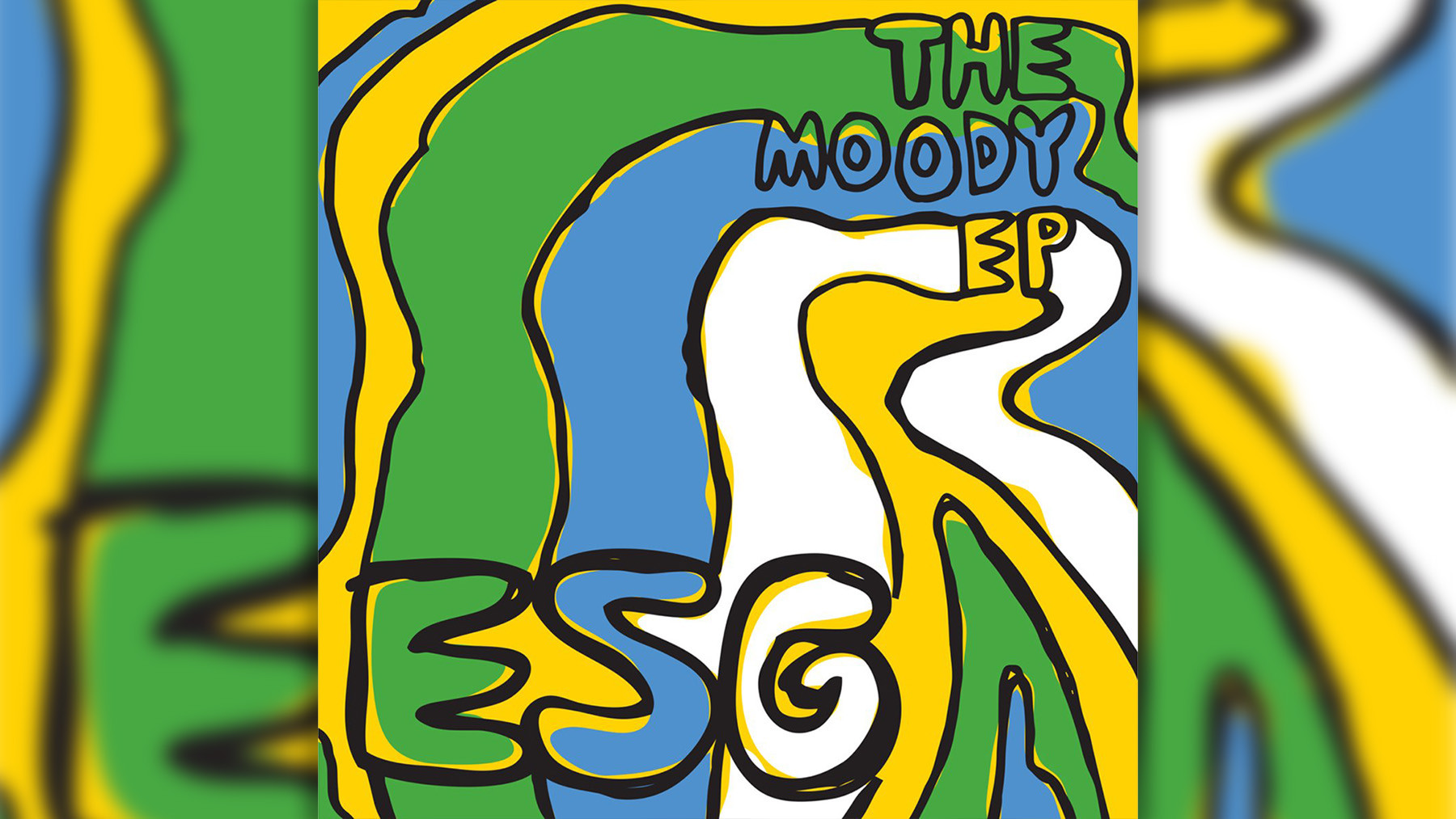 ESG Moody, influential post-punk and no-wave band for early club dancing scenes
ESG Moody, influential post-punk and no-wave band for early club dancing scenes
The Scroggins sisters from the South Bronx left a lasting impact on New York dance music with their band ESG, formed in the late 1970s. While their grooves drew from funk and disco, their minimalist sound and focus on percussion resonated with post-punk and no-wave club scenes. This appeal was amplified when they collaborated with Joy Division producer Martin Hannett for their debut EP. “Moody,” the EP’s centerpiece, remains strikingly modern. It’s a seductive blend of a low-slung bassline, bongo rhythms, and Renee Scroggins’ distant, captivating vocals, creating a unique atmosphere perfect for alternative club dancing environments. —C.S.
La Roux, ‘In for the Kill (Skream’s Let’s Get Ravey Remix)’ (2009)
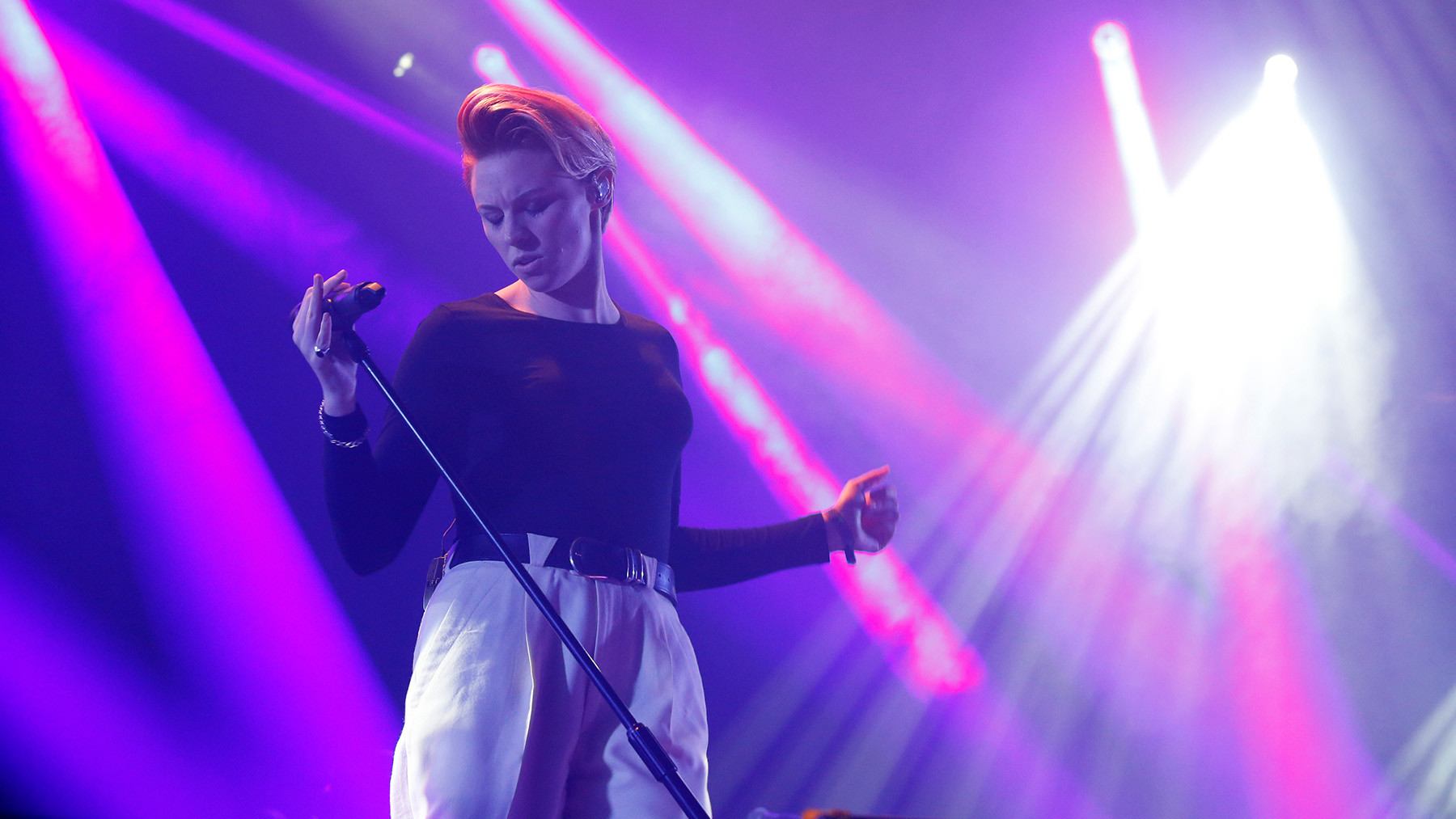 La Roux performing live, British synth-pop act remixed for club dancing
La Roux performing live, British synth-pop act remixed for club dancing
Image Credit: Jim Ross/Invision/AP
Artists sometimes have mixed feelings about remixes of their work. However, La Roux’s Elly Jackson praised Skream’s remix of her synth-pop single “In for the Kill,” stating that it not only captured the essence of the original but “regave birth to the real meaning and atmosphere of the song as we wrote it.” Skream’s remix strips away the original’s upbeat tempo and Kanye West’s guest verse, replacing them with a tense, atmospheric synthscape that explodes into drum-and-bass breaks. Jackson remarked, “What he did with the song is what we would have done if we’d been brave enough. We wanted to make a pop record and that just isn’t a pop thing, what he did to it.” Skream’s remix transformed the song into a powerful and unexpected club dancing track, showcasing the potential of remix culture. —M.M.
Double 99, ‘RIP Groove’ (1997)
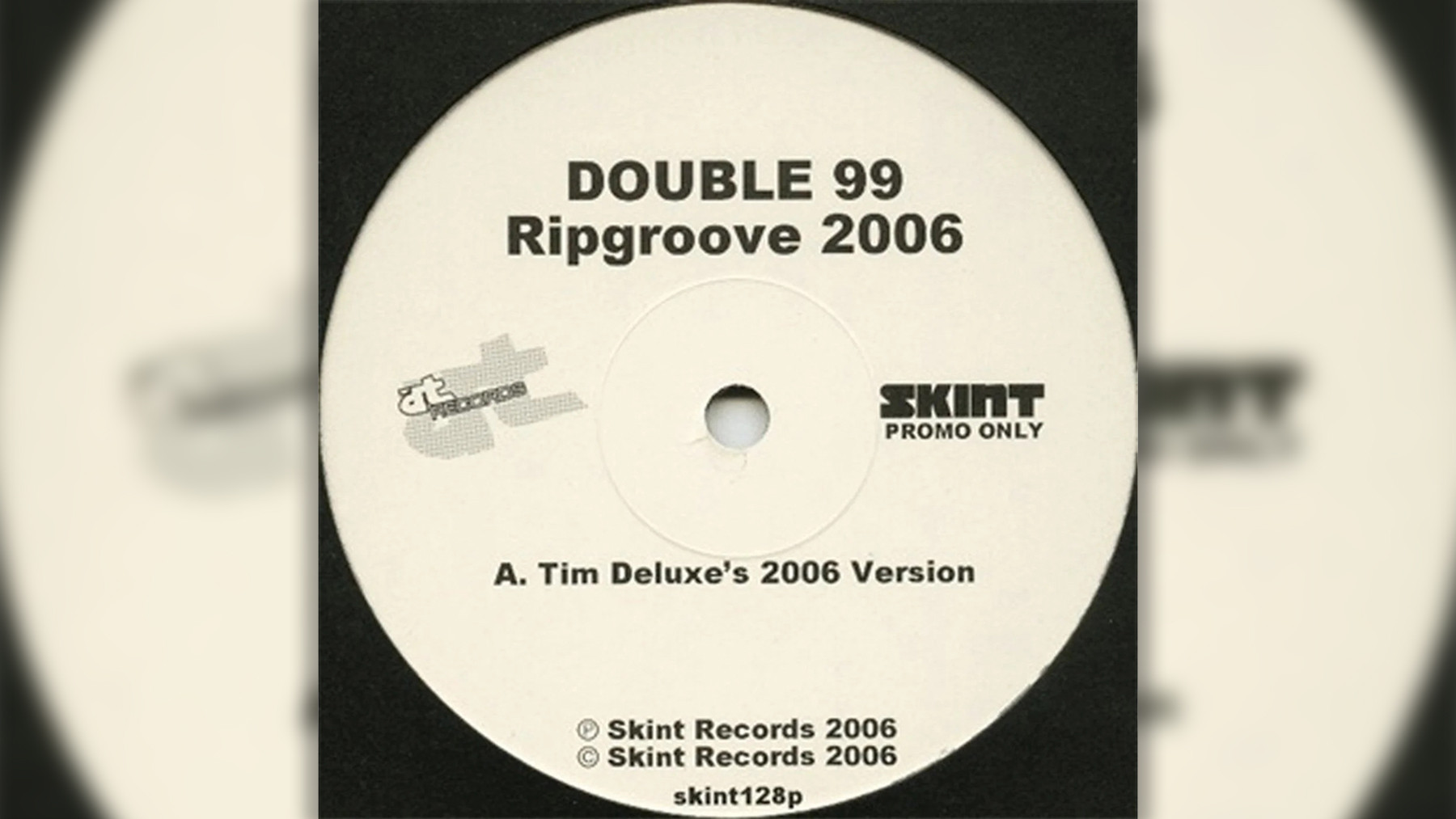 Double 99, UK garage duo known for club dancing hits in the 90s
Double 99, UK garage duo known for club dancing hits in the 90s
London producers Tim Deluxe and DJ Omar initially worked together as RIP in the mid-90s before rebranding as Double 99 to commemorate a “double-pack vinyl EP,” as Omar explained. Due to time constraints in completing the EP, they decided to create track names and artwork before the music was even finished. “RIP Groove,” titled as a nod to their previous moniker, was ingeniously constructed from samples of Armand Van Helden’s remix of CJ Bolland’s “Sugar Is Sweeter,” Kenny Dope, and vocalist Tina Moore. Remarkably, it took only three hours to produce and became a defining track of 1997. “RIP Groove” propelled UK garage (then known as “speed garage”) into the pop mainstream and announced a fresh sound in club dancing music. —M.M.
Snap!, ‘The Power’ (1990)
“The Power” exemplifies a classic dance-music archetype. German producers sampling an American rapper (Chill Rob G from Queen Latifah’s Flavor Unit crew) and an American R&B vocalist (Jocelyn Brown) created a club hit. It was then picked up by a major label, Arista, and re-recorded with a new vocalist, Turbo B, an American G.I. stationed in Germany. Subsequently, the original sampled rapper released his own version, Power Jam feat. Chill Rob G. Both versions became club hits, but “The Power” had a more significant impact, establishing a new Europop blueprint. As Snap!’s Michael Muenzing explained in 1994, “Now you have 50 or 60 groups singing this way — rapping, singing the chorus, and going back to the rap.” “The Power” became a foundational track for club dancing in the 90s, influencing countless artists. —M.M.
DJ Frosty feat. Fatman Scoop, DJ Webstar, Young B. & Smooth, ‘Ride That Wave (Remix)’ (2010)
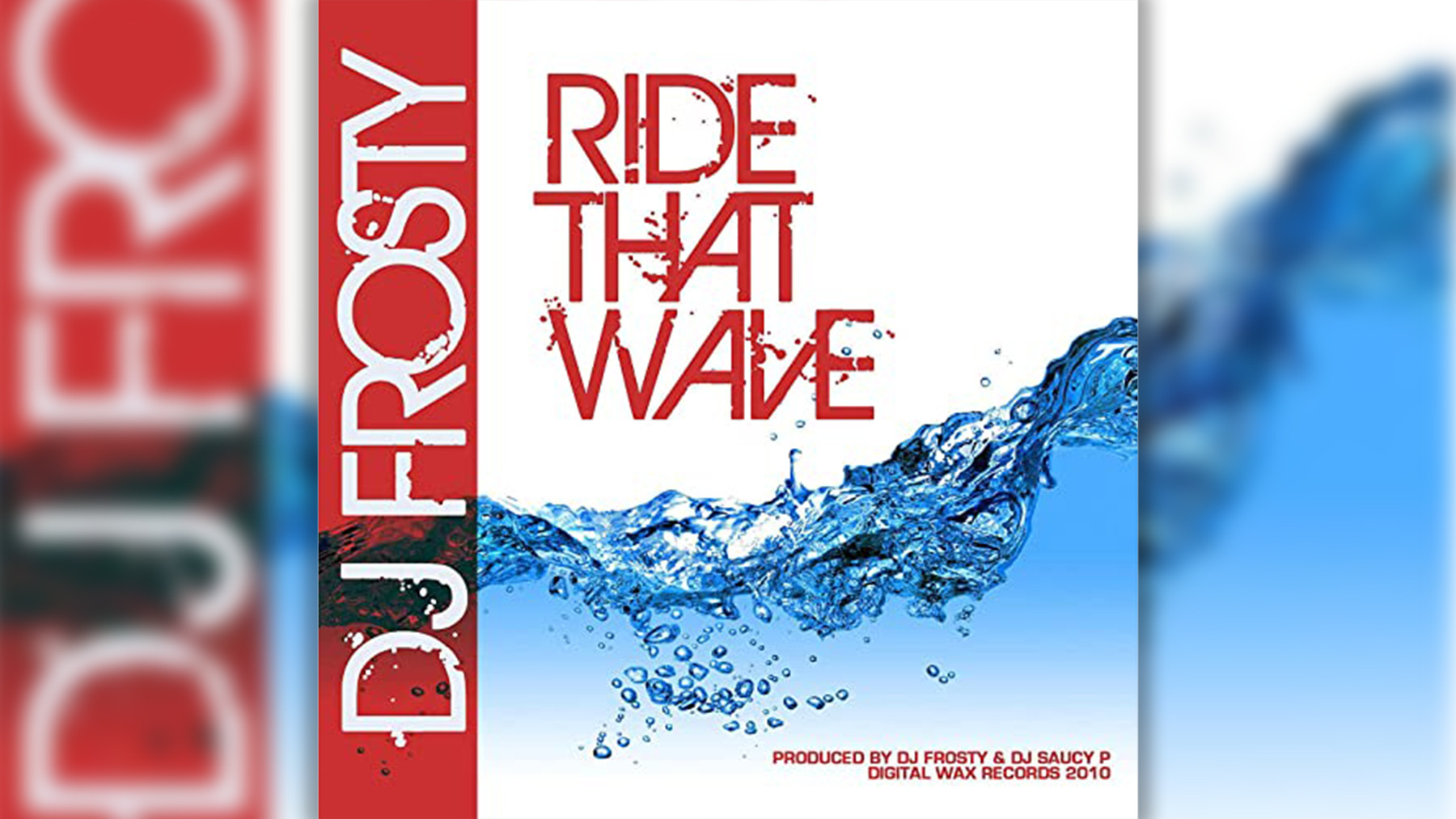 DJ Frosty, pioneer of Jersey club music, a genre for high-energy club dancing
DJ Frosty, pioneer of Jersey club music, a genre for high-energy club dancing
Jersey club, originating in Newark, New Jersey (initially called Brick City club), is characterized by its rapid, syncopated rhythms, clipped vocal samples, and an energetic yet non-violent feel, somewhat reminiscent of classic hip-house but with a distinct twist. DJ Frosty’s “Ride That Wave” perfectly encapsulates Jersey club. It’s a relentlessly catchy, chant-driven track that emerged just as the genre began to gain traction with EDM producers globally. This momentum eventually led to Jersey club’s influence reaching mainstream artists like Drake on Honestly, Nevermind. The remix featured artists like Fatman Scoop, known for his 90s hip-hop cut-ups on AV8 Records, which were popular among DJs like Armand Van Helden and Fatboy Slim. “Ride That Wave” is a prime example of Jersey club’s infectious energy and its appeal for club dancing. —J.D.
Todd Terje, “Inspector Norse” (2012)
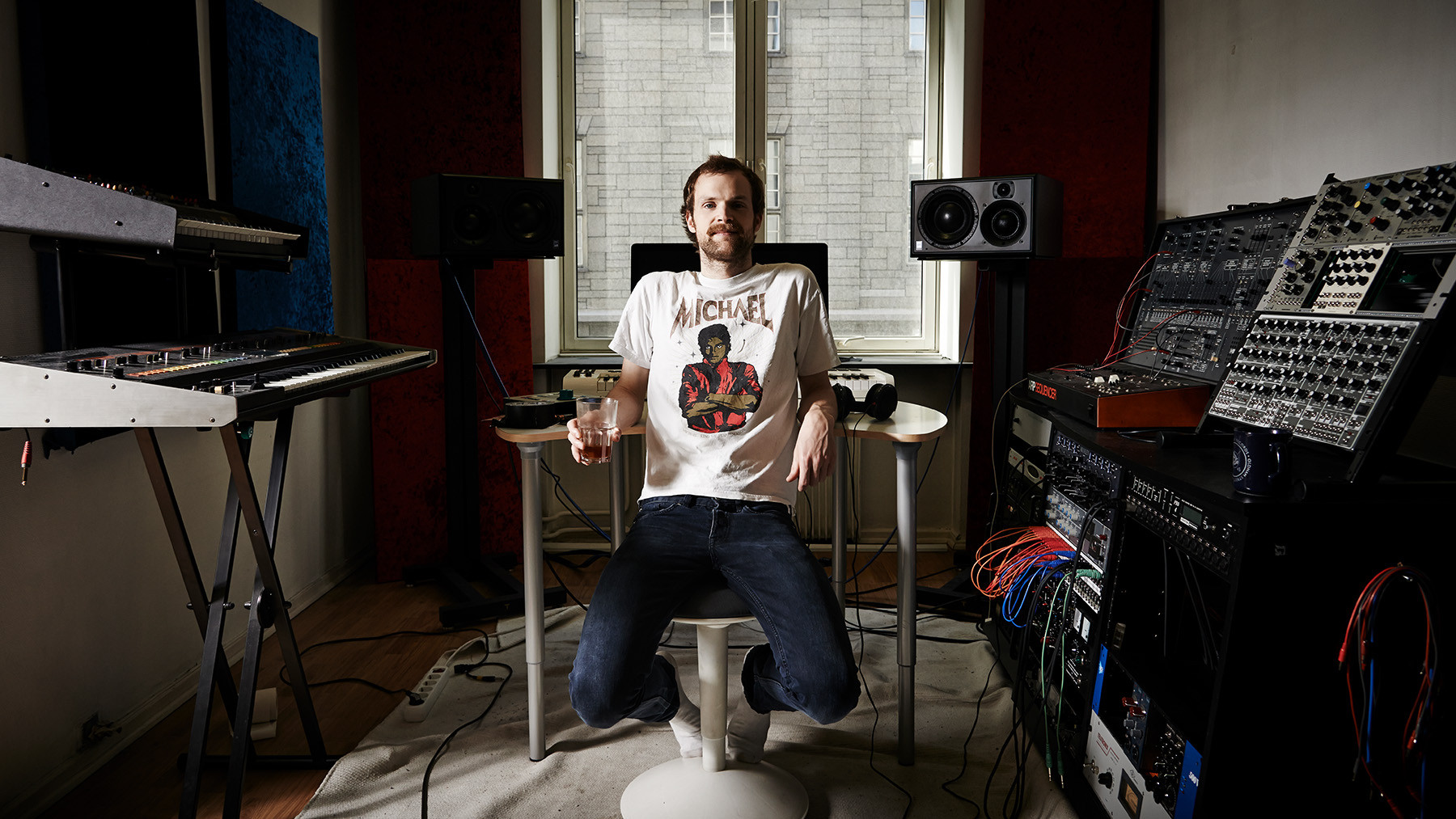 Todd Terje performing, Norwegian nu-disco producer for sophisticated club dancing
Todd Terje performing, Norwegian nu-disco producer for sophisticated club dancing
Image Credit: Future via Getty Images
Norwegian nu-disco producer Todd Terje created “Inspector Norse” – along with the rest of his 2012 It’s the Arps EP – entirely using sounds from a vintage ARP synthesizer. He didn’t anticipate the laid-back, ambling track would become so popular. “I thought it was going to go well with the DJs, as I’d tried it out and it had a danceable beat, but I never thought I’d hear people singing along to the melodies,” Terje admitted. However, the track’s quirky and catchy melody proved irresistible, making it a surprise hit. “It really helped me as a DJ in terms of popularity,” he noted. “Inspector Norse” became a staple in nu-disco and indie club dancing scenes, celebrated for its unique sound and infectious groove. —M.M.
The Rapture, ‘House of Jealous Lovers’ (2002)
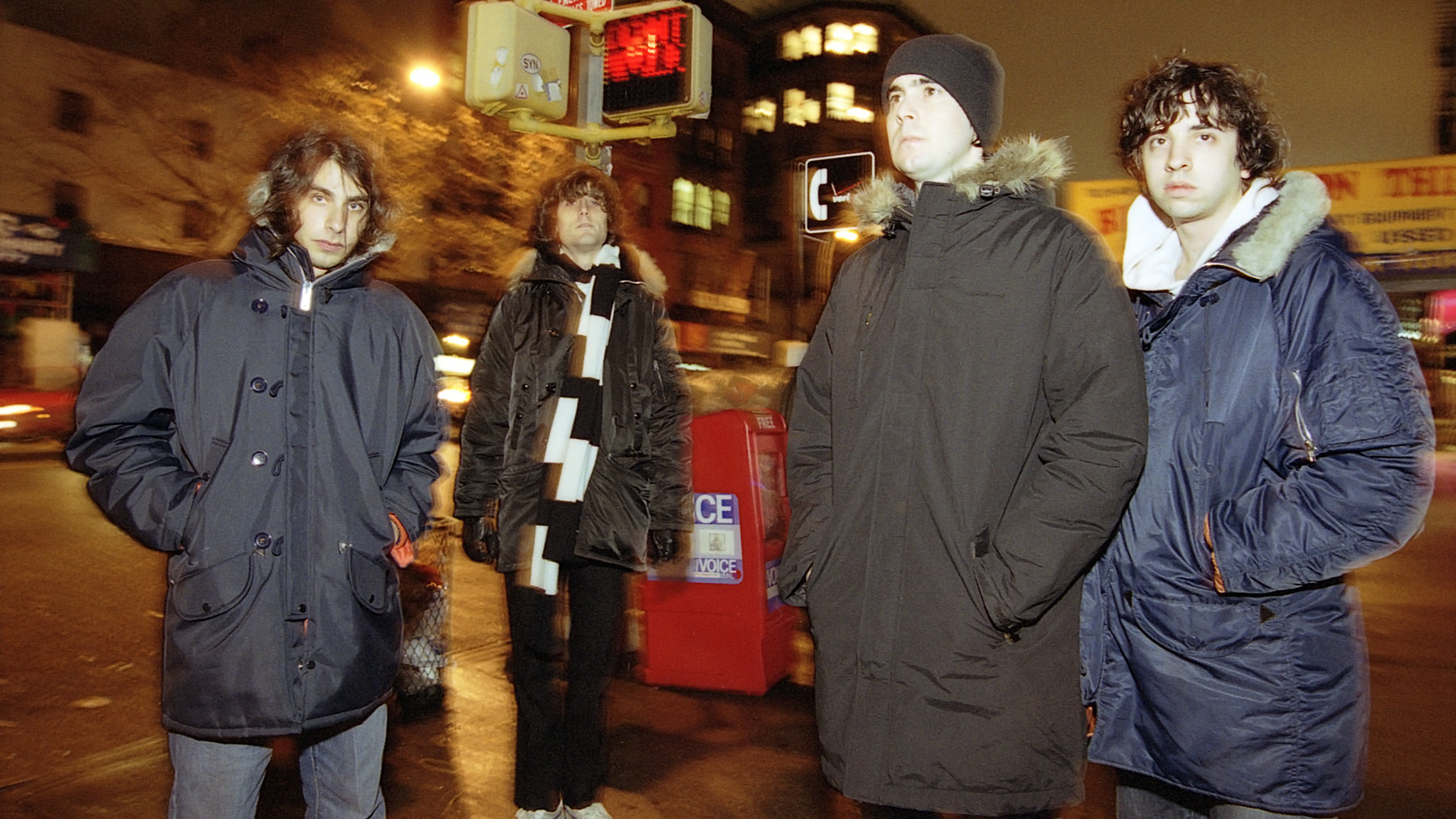 The Rapture performing in New York City, pioneers of dance-punk for energetic club dancing
The Rapture performing in New York City, pioneers of dance-punk for energetic club dancing
Image Credit: Redferns
James Murphy, DFA Records founder and co-producer of “House of Jealous Lovers,” reflected on the song’s initial reception, telling Spin, “Most people now have no memory of how absolutely sacrilegious it was at the time. We wanted to make a rock track that could compete with dance music. We obsessed over it.” The Rapture’s debut single combined edgy Gang of Four-esque guitar riffs and a frenzied, shout-along vocal style with a powerful beat and deep bass, specifically designed to be irresistible to dance DJs. It worked. “House of Jealous Lovers” became the defining track of the early 2000s “dance-punk” movement. Suddenly, New York’s music scene was flooded with bands channeling 1979 Manchester or Leeds, and indie bars across the city installed DJ booths and turntables, transforming the landscape of indie club dancing. —J.D.
TNGHT, ‘Higher Ground’ (2012)
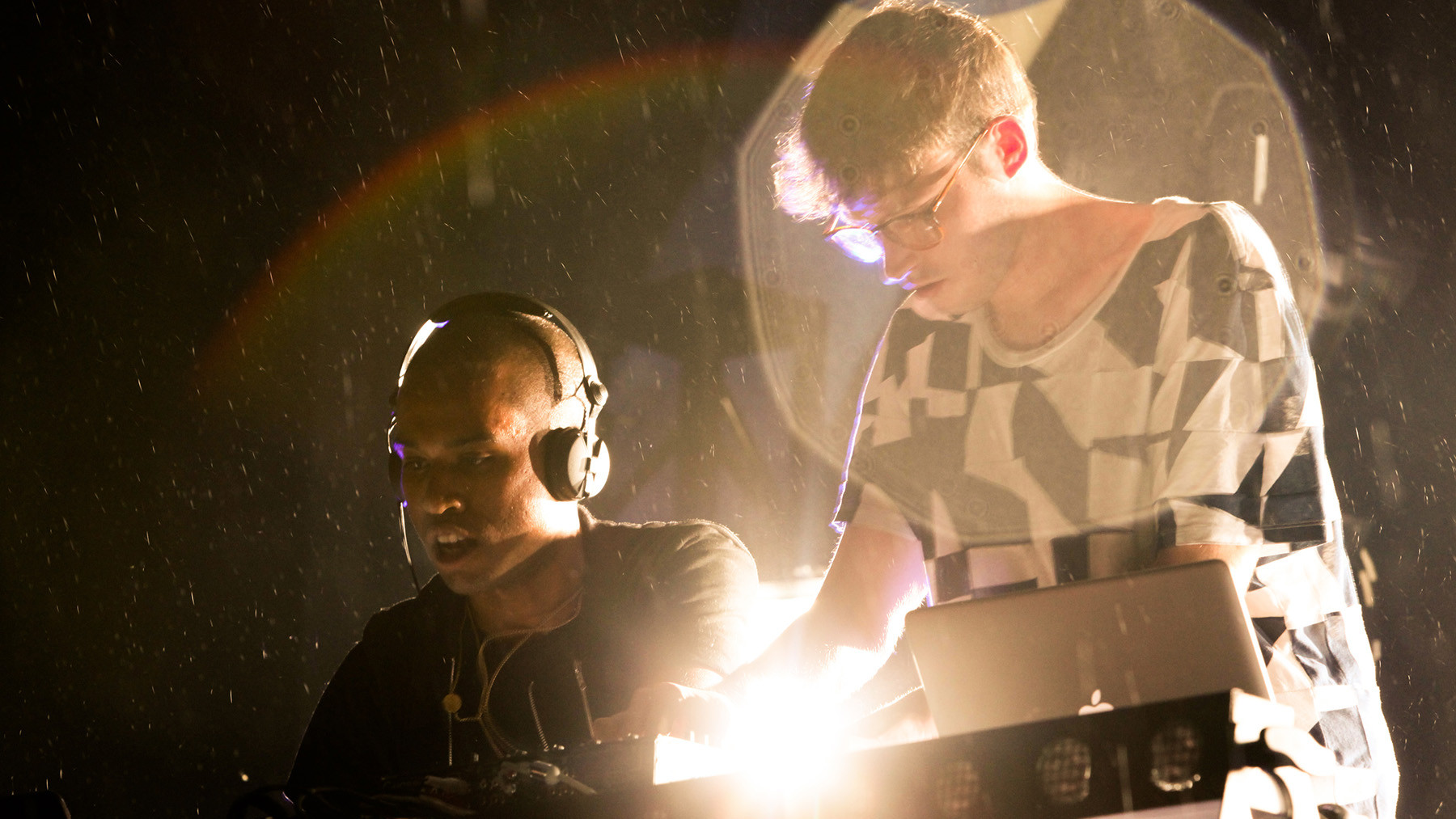 TNGHT performing, EDM and trap duo known for heavy club dancing beats
TNGHT performing, EDM and trap duo known for heavy club dancing beats
Image Credit: Getty Images
Hudson Mohawke described the 2012 EP he created with Lunice as TNGHT as “our take on big American rap beats, with a little bit of cheekiness to it.” This five-song EP catapulted both artists to the forefront of EDM, thanks to its energetic, dance-floor-focused take on trap music. “Higher Ground,” a track characterized by its grand, almost regal stomp, is both expansive and intricately detailed. Within a year of its release, Kanye West enlisted TNGHT to produce “Blood on the Leaves” from Yeezus, further cementing their influence on mainstream and underground club dancing scenes. —M.M.
Roni Size and Reprazent, ‘Brown Paper Bag’ (1997)
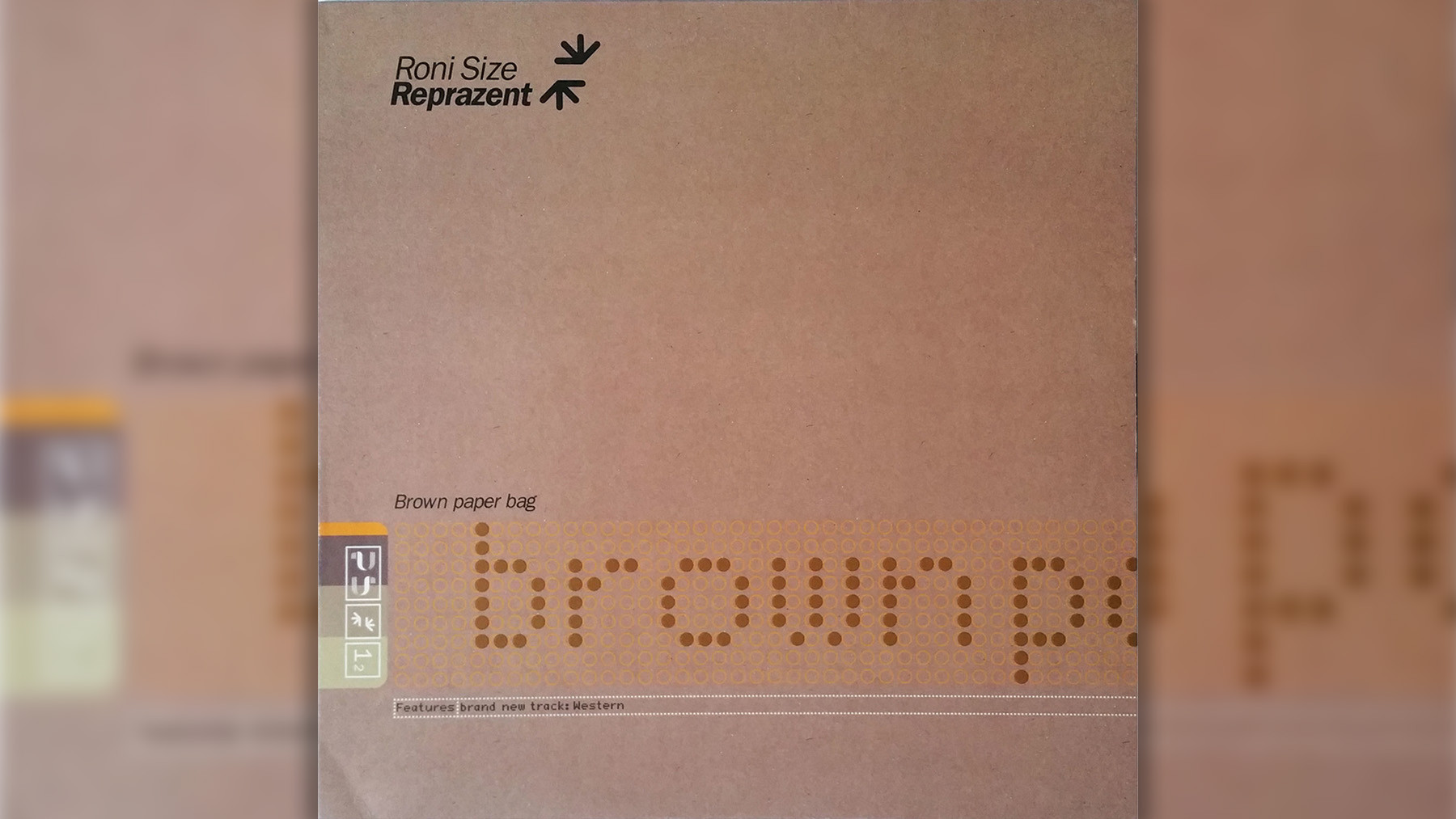 Roni Size Reprazent, British drum and bass collective for jazz-infused club dancing
Roni Size Reprazent, British drum and bass collective for jazz-infused club dancing
In the late 1990s, drum and bass was becoming increasingly fragmented and distancing itself from its dancehall and hip-hop origins. Bristol-based collective Roni Size and Reprazent managed to create drum and bass that was both innovative and expansive while staying connected to its Black musical roots. They achieved this by fusing fast-paced beats with warm, organic jazz-funk elements. “It’s funny how ‘Brown Paper Bag’ split people,” Roni Size mentioned in a 2018 interview, referring to their most popular track, a highlight from their 1997 album New Forms, driven by a double bassline. “They heard the jazz, how it sounded different from everything else, and they saw this other audience that loved it.” “Brown Paper Bag” broadened the appeal of drum and bass, making it accessible to a wider club dancing audience. —J.D.
Soul II Soul, ‘Back to Life (However Do You Want Me)’ (1989)
Led by the charismatic DJ-producer Jazzie B and, for their first two albums, co-producer Nellee Hooper, Soul II Soul began as a London sound system specializing in reggae and soul. When they started recording in the late 80s, their smooth grooves seamlessly blended both genres with effortless grace. Initially, their tracks were intended solely for Soul II Soul’s own parties. “It was literally for our sound [system] at the beginning,” Jazzie B explained. “We weren’t really interested in what anybody else was doing.” However, the world became very interested in them. “Back to Life” reached Number One on the Billboard R&B chart and the Top Five on the Hot 100, becoming a crossover hit and a staple in club dancing scenes worldwide, bridging soul and early house influences. —M.M.
Felix da Housecat, ‘Silver Screen Shower Scene’ (2001)
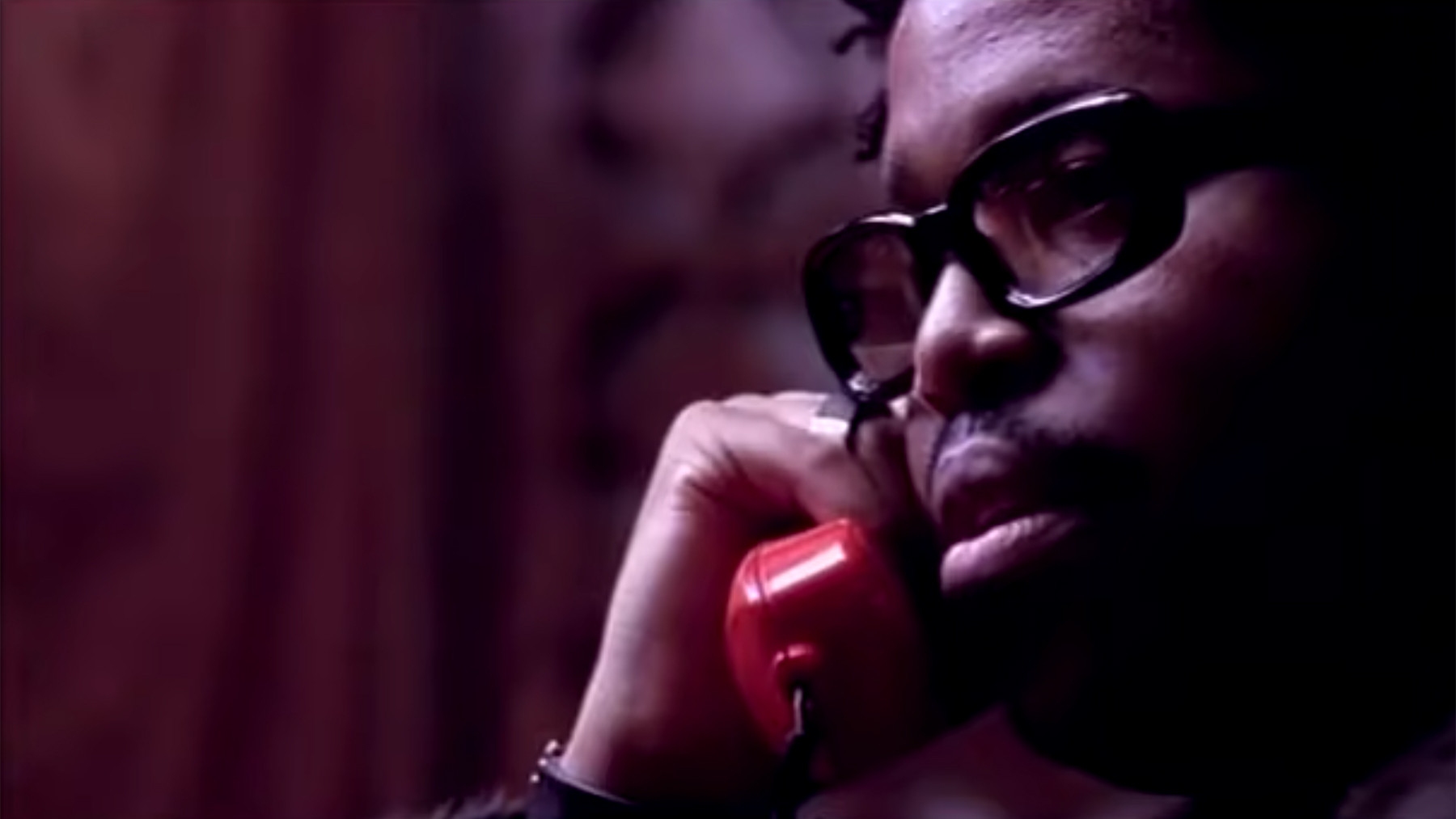 Felix Da Housecat, Chicago house music legend for electroclash club dancing
Felix Da Housecat, Chicago house music legend for electroclash club dancing
Felix Stallings Jr., aka Felix da Housecat, is a Chicago house music veteran. He co-created the acid house classic “Fantasy Girl” as Pierre’s Pfantasy Club with DJ Pierre in 1987 while still in high school. His career reached a global scale with the 2000 album Kittenz and Thee Glitz. For this project, he assembled an international group of collaborators, including Junior Sanchez, Tommie Sunshine, and Parisian vocalists Miss Kittin and Melistar, creating a concept album exploring celebrity and artifice. “Silver Screen Shower Scene” quickly became an anthem, its lyrics and music satirizing celebrity culture and seemingly defining the electroclash era. Jacques Lu Cont’s “Thin White Duke Remix” further amplified its popularity among DJs, solidifying its place in club dancing history. –M.M.
Dntel feat. Ben Gibbard, “(This Is) The Dream of Evan and Chan (Superpitcher Kompakt Remix)” (2001)
In 2000, Death Cab for Cutie’s frontman Ben Gibbard had “a weird dream … involving [Lemonheads frontman] Evan Dando and Chan Marshall,” also known as Cat Power. He described it as “completely G-rated, not one of those inappropriate dreams, but it was bizarre – you know, in the same way you dream that you’re in your house but it’s not your house, your friend is there but he’s a merman.” He transformed this dream into a song, collaborating with Dntel (Jimmy Tamborello) before their Postal Service project. Dntel set Gibbard’s vocals to skittering beats and buzzing synths, but the Superpitcher remix, from the influential German label Kompakt, elevated it further. It featured hazy, layered synths and echoing bell sounds, perfectly capturing the dreamy atmosphere hinted at in the lyrics. This remix became a favorite in more introspective club dancing settings. —M.M.
Patrick Cowley feat. Sylvester, ‘Do Ya Wanna Funk?’ (1982)
 Sylvester James, disco singer collaborating with Patrick Cowley for Hi-NRG club dancing anthems
Sylvester James, disco singer collaborating with Patrick Cowley for Hi-NRG club dancing anthems
Image Credit: Getty Images
Patrick Cowley was a synth prodigy who became a key innovator of Hi-NRG, a genre that became a staple in gay clubs. His contributions included solo work, collaborations with Sylvester, and his incredible 16-minute extended remix of Donna Summer’s “I Feel Love.” Tragically, Cowley became ill in November 1981 and passed away a year later at 32, just months after AIDS was officially recognized. Even in his final months, Cowley persevered, working in the studio to complete his vibrant tracks. “Do Ya Wanna Funk” remains a landmark of Hi-NRG – with soaring synth riffs and Sylvester’s stratospheric falsetto. It also achieved iconic status through its inclusion in the party scene of the movie Trading Places, further cementing its place in club dancing culture. —M.M.
Funkadelic, ‘One Nation Under a Groove’ (1978)
![]() Funkadelic performing, funk band known for groove-heavy club dancing music
Funkadelic performing, funk band known for groove-heavy club dancing music
Image Credit: Redferns
“One Nation Under a Groove,” arguably the greatest funk track to feature a banjo, possesses an instantly captivating groove that propelled it to the top of the R&B singles chart for six weeks in 1978. George Clinton’s decision to credit the song to the guitar-heavy Funkadelic, rather than the horn-driven Parliament, was intentional. He explained, “Parliament is smashing. But Funkadelic is the movement.” “One Nation Under a Groove” became an anthem for unity and a cornerstone of funk-infused club dancing. —M.M.
Evelyn Thomas, ‘High Energy’ (1984)
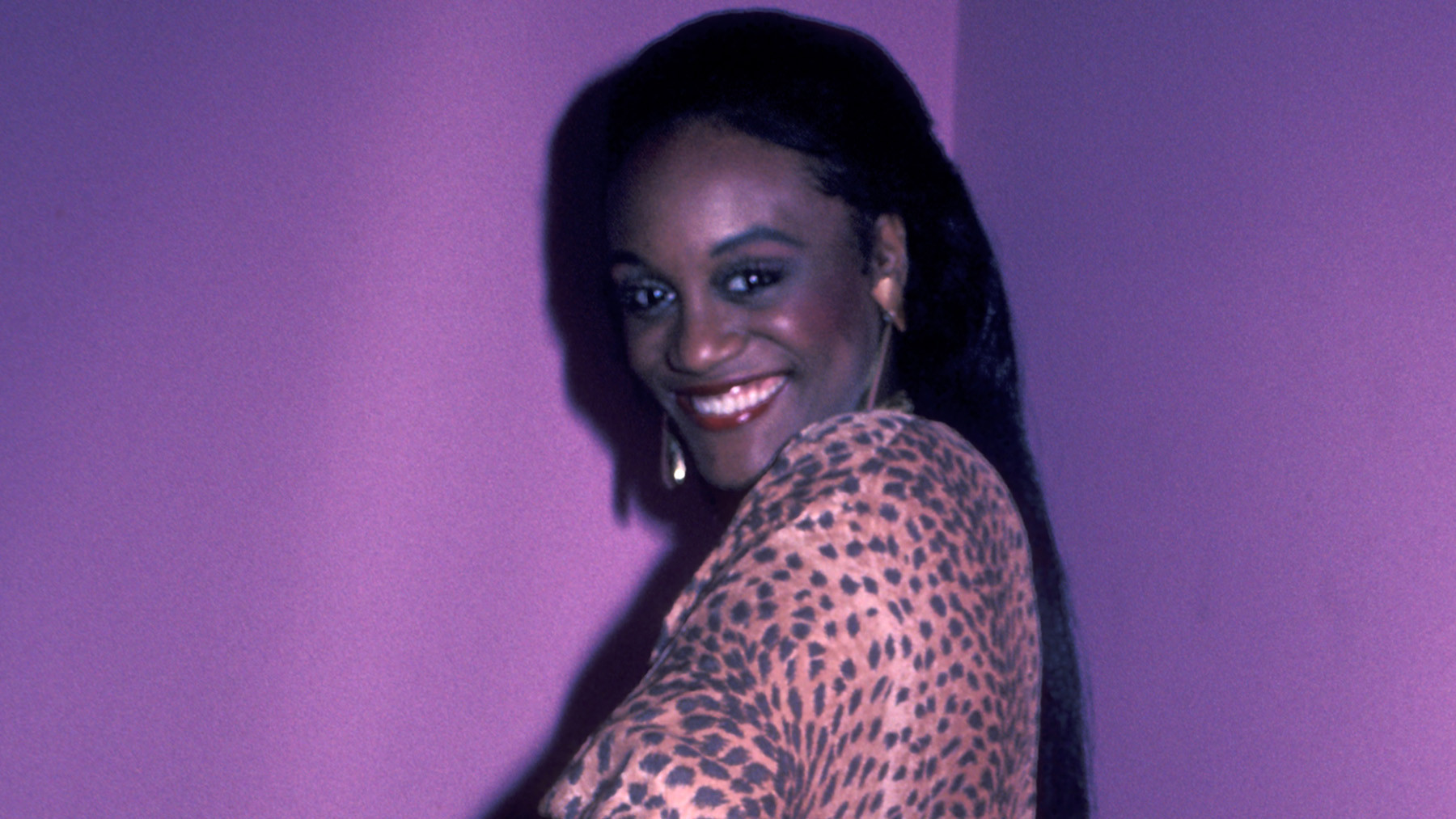 Evelyn Thomas at Limelight Disco in New York City, Hi-NRG singer for energetic club dancing
Evelyn Thomas at Limelight Disco in New York City, Hi-NRG singer for energetic club dancing
Image Credit: Ron Galella Collection via Getty
Released in April 1984, “High Energy” is credited with naming the Hi-NRG genre itself, the synth-heavy style that dominated gay clubs. However, it wasn’t the first of its kind, even for its creators. Chicago singer Evelyn Thomas was signed by Manchester producer Ian Levine to Pye Records in the mid-Seventies as a teenager. Levine, originally a DJ on the Northern Soul circuit playing rare 60s American R&B, transitioned towards disco, especially as synthesizers became prominent. Smash Hits noted that Levine “straddle[ed] both gay disco and old Motown — the two main Hi-NRG ingredients.” “High Energy,” brash, upbeat, and undeniably catchy, reached the UK Top Five and remains a dance floor staple, as demonstrated by The Blessed Madonna (formerly Black Madonna) in her Bunker Podcast. It’s a quintessential example of high-energy club dancing music. —M.M.
Daft Punk feat. Pharrell Williams and Nile Rodgers, ‘Get Lucky’ (2013)
When Pharrell Williams first met Daft Punk at a Madonna party, he expressed his desire to collaborate, saying, “If you just want me to play a tambourine, I’ll do it.” When they met in Paris, Williams mentioned his admiration for Nile Rodgers, and the robots played him a track they had already created with Rodgers. Williams recorded his smooth vocal on that same visit. He enthusiastically described the track, “You don’t need MDMA for this music, because it’s so incredibly vivid.” “Get Lucky” became a global phenomenon, revitalizing disco influences in modern club dancing and pop music. –M.M.
Mat Zo and Porter Robinson, ‘Easy’ (2013)
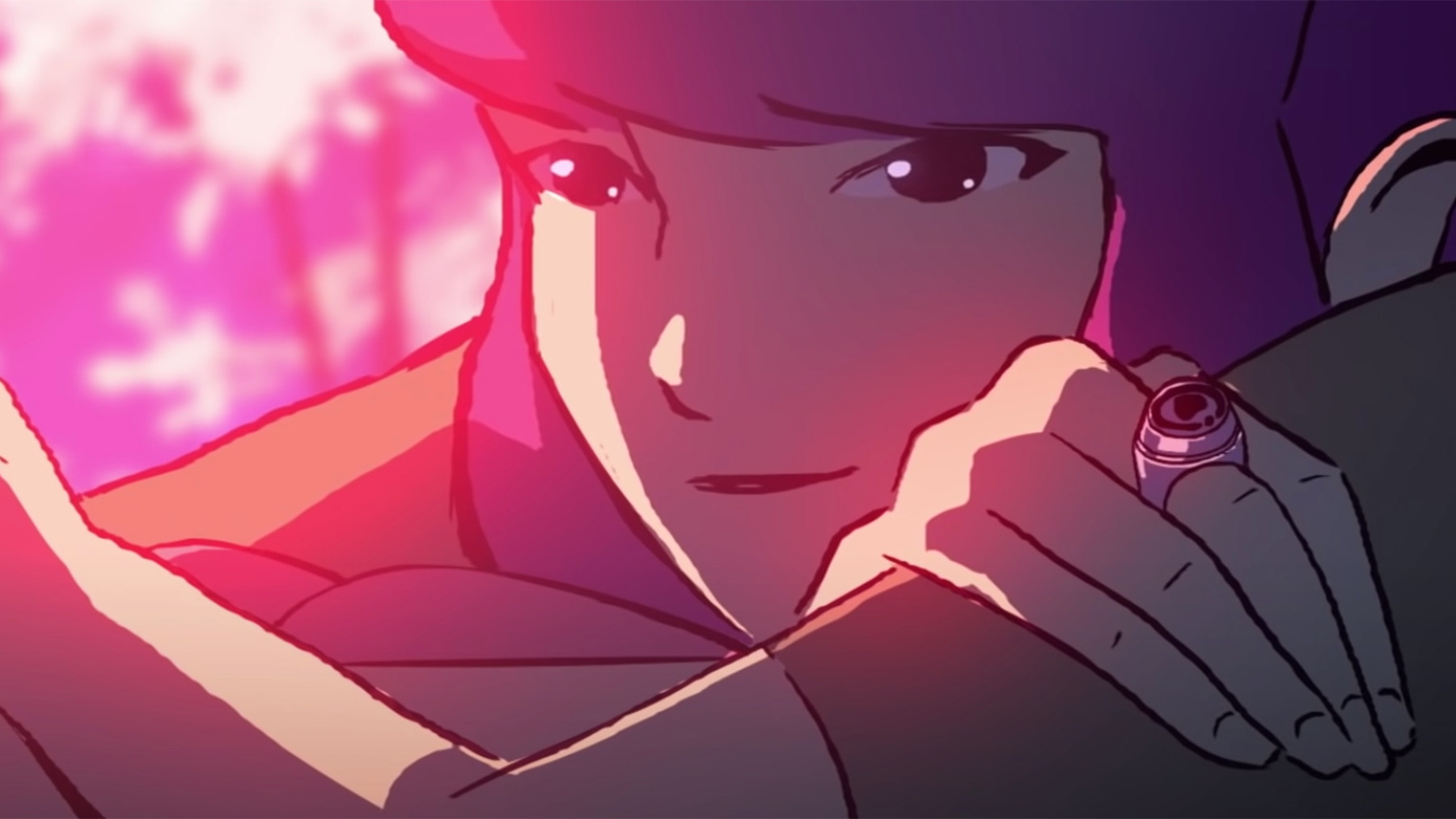 Porter Robinson and Mat Zo – Easy, collaboration for trance-inspired club dancing
Porter Robinson and Mat Zo – Easy, collaboration for trance-inspired club dancing
“‘Easy’ in my mind is an homage to Daft Punk’s Discovery,” Porter Robinson explained in 2013 about his collaboration with Mat Zo. “It takes the disco chords of all of the early French stuff and gives it a louder, more trance-inspired feel.” “Easy” is a masterful update, both sparkling and classic. The central synth melody evokes a Theremin as much as a Moog synthesizer, and the vocal sample (from Colourblind’s NYC garage classic “Nothing Better”) carries an emotional intensity that was often missing in much of the stadium EDM of that era. “Easy” successfully bridged classic disco sounds with modern EDM and trance, becoming a popular choice for club dancing and festivals. —M.M.
Justice vs. Simian, “We Are Your Friends” (2006)
Image Credit: FilmMagic
In 2003, Parisian musicians Gaspard Augé and Xavier de Rosnay, who would become Justice, entered a remix contest for British rockers Simian’s “Never Be Alone.” De Rosnay told The New York Times, “You could download the separate tracks: guitar, drums, and other things. But we were working without music software: just a sampler, a sequencer, and a synthesizer. So we downloaded just the voice on the chorus, because there was not space enough for more than eight seconds of sound on our sampler.” The result was a raw, jarring track that perfectly connected electroclash and EDM. Retitled “We Are Your Friends,” it became a hit in 2006, launching Justice’s career and inspiring Simian to reinvent themselves as the dance act Simian Mobile Disco. “We Are Your Friends” became an anthem for electro house club dancing. —M.M.
Martin Garrix, ‘Animals’ (2013)
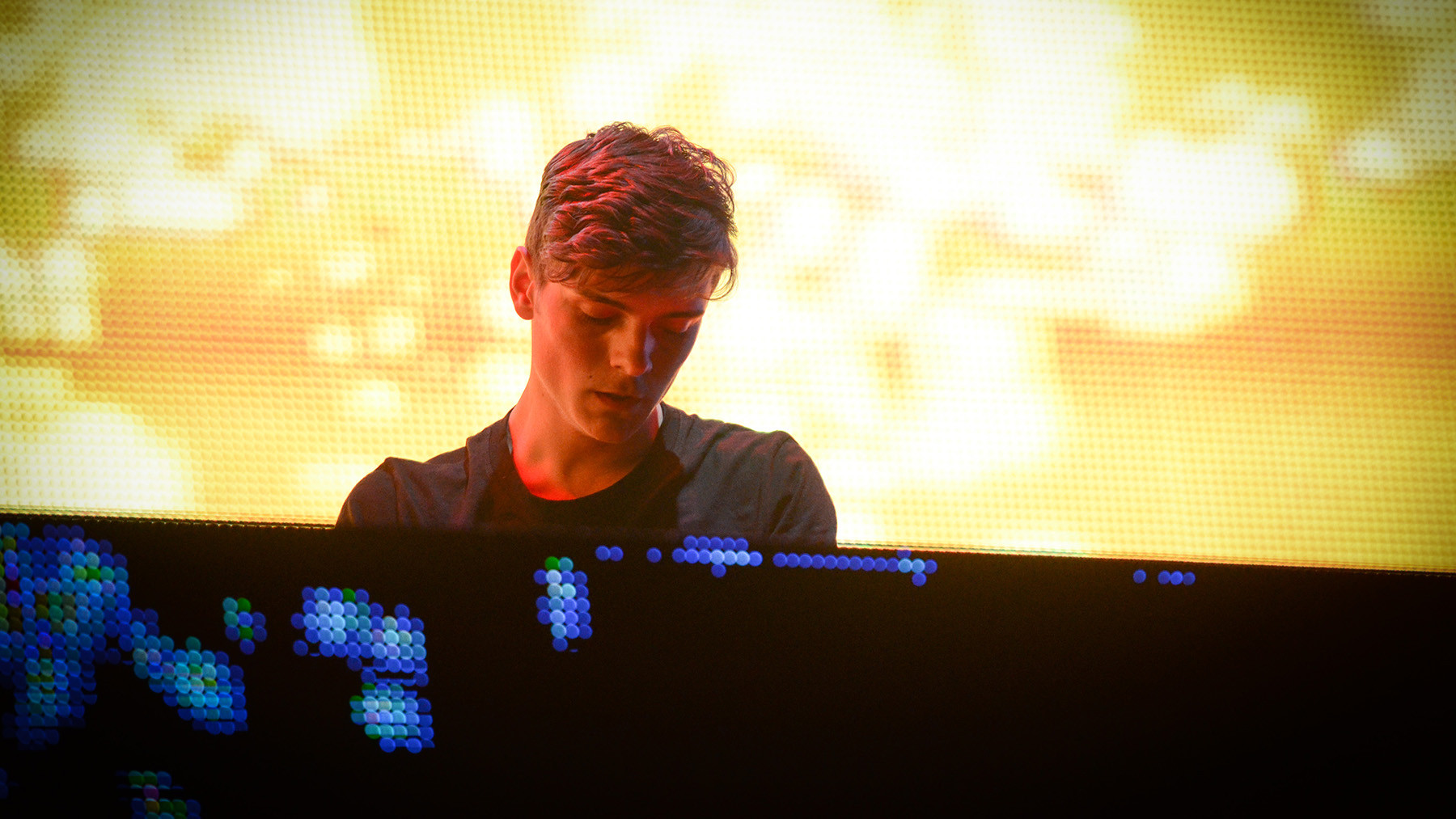 Martin Garrix performing at Coachella, Dutch EDM DJ and producer for high-energy club dancing
Martin Garrix performing at Coachella, Dutch EDM DJ and producer for high-energy club dancing
Image Credit: Scott Roth/Invision/AP
Dance music is often seen as a domain for the young, and the early 2010s EDM boom exemplified this. Built around a captivating synth riff so catchy that crowds would chant along to it (despite the absence of lyrics), Martin Garrix’s “Animals” was released when the Dutch producer was only 18. It became an instant global hit. This rapid success led to skepticism. “At first, people in the industry assumed I didn’t make my own shit,” Garrix later recalled. “So I would do livestreams and production tutorials on the internet to get rid of that stigma.” “Animals” became a defining track of the EDM era, dominating festivals and club dancing scenes worldwide. —M.M.
Debbie Deb, ‘Lookout Weekend’ (1984)
“As far as I know, I coined the phrase. I hadn’t heard anybody call it freestyle music prior to me coming up with the name of the group Freestyle,” Miami production pioneer Pretty Tony stated in 2015. His airy, upbeat tracks bridged the musical gap between KC and the Sunshine Band and 2 Live Crew in the Miami soundscape. “Lookout Weekend,” his second single with Debbie Weshoff Lopez, whom he discovered working in a record store, epitomized freestyle music at its most vibrant. Like its predecessor, “When I Hear Music,” “Weekend” achieved triple platinum status. In response to this success, Tony recounted, “I bought me a Porsche. As a matter of fact, two Porsches.” “Lookout Weekend” became a defining track of the freestyle genre, popular in clubs and for club dancing in the 80s. —M.M.
Tate Kobang, ‘Bank Rolls’ (2015)
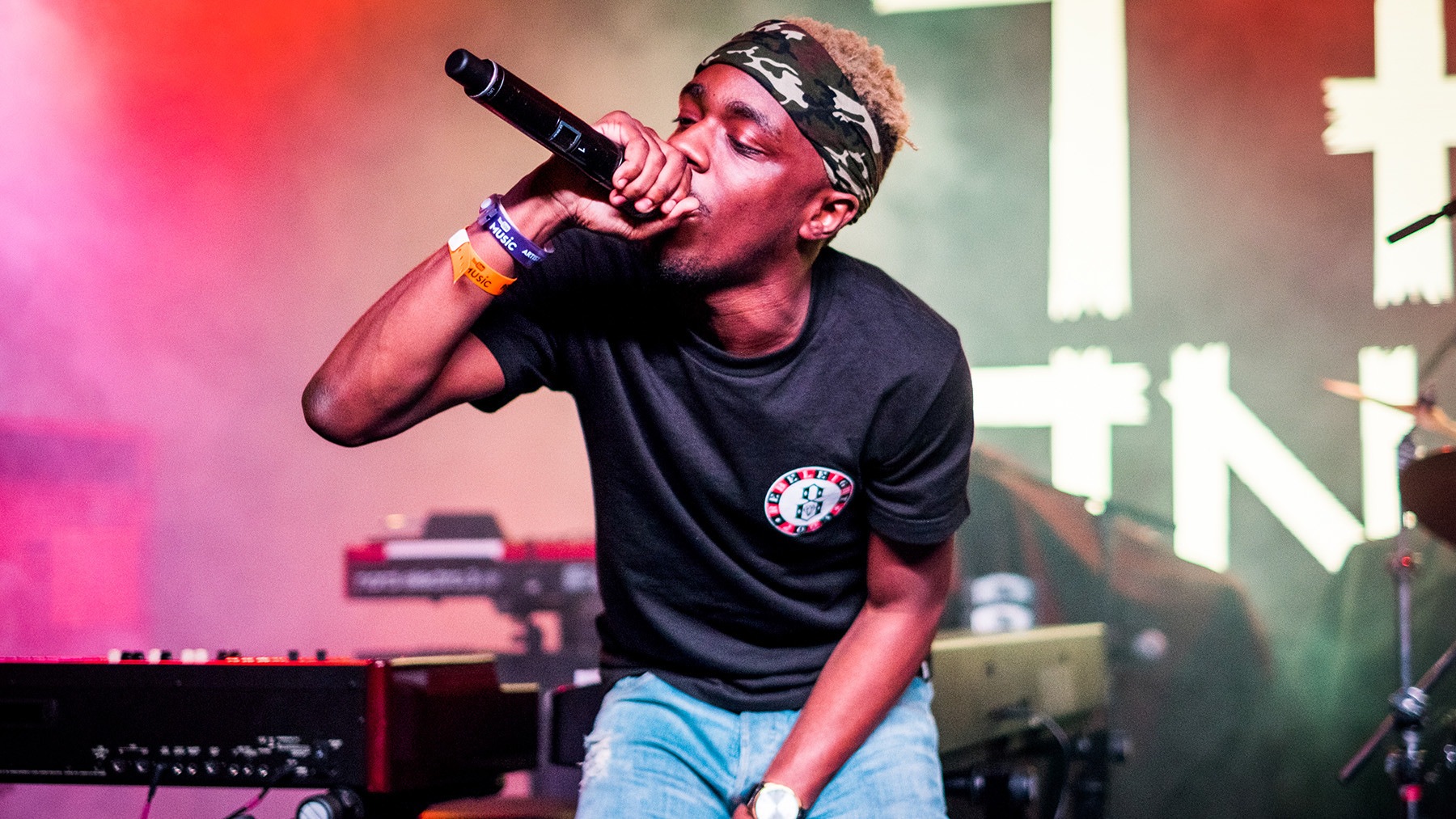 Tate Kobang performing in Austin, Texas, Baltimore club music for high-energy club dancing
Tate Kobang performing in Austin, Texas, Baltimore club music for high-energy club dancing
Image Credit: Redferns
Built around a sample of Tim Trees’ Baltimore club track “Bank Roll,” Tate Kobang’s remix, created when he was 23, is a modern tribute to Baltimore, its culture, resilience, and energy. In his final verse, he pays homage to K-Swift, the legendary DJ who helped bring Baltimore club music to a wider audience before her untimely passing in 2008. “She was just one of those bodies in our culture that was like, ‘She ain’t never going anywhere,’” Kobang said. Just as K-Swift’s work did before it, “Bank Rolls (Remix)” introduced a new generation to the underground Baltimore club sound. It’s a high-energy track perfect for club dancing, reflecting the unique and vibrant Baltimore club scene. —C.S.
Soft Cell, ‘Tainted Love/Where Did Our Love Go?’ (1981)
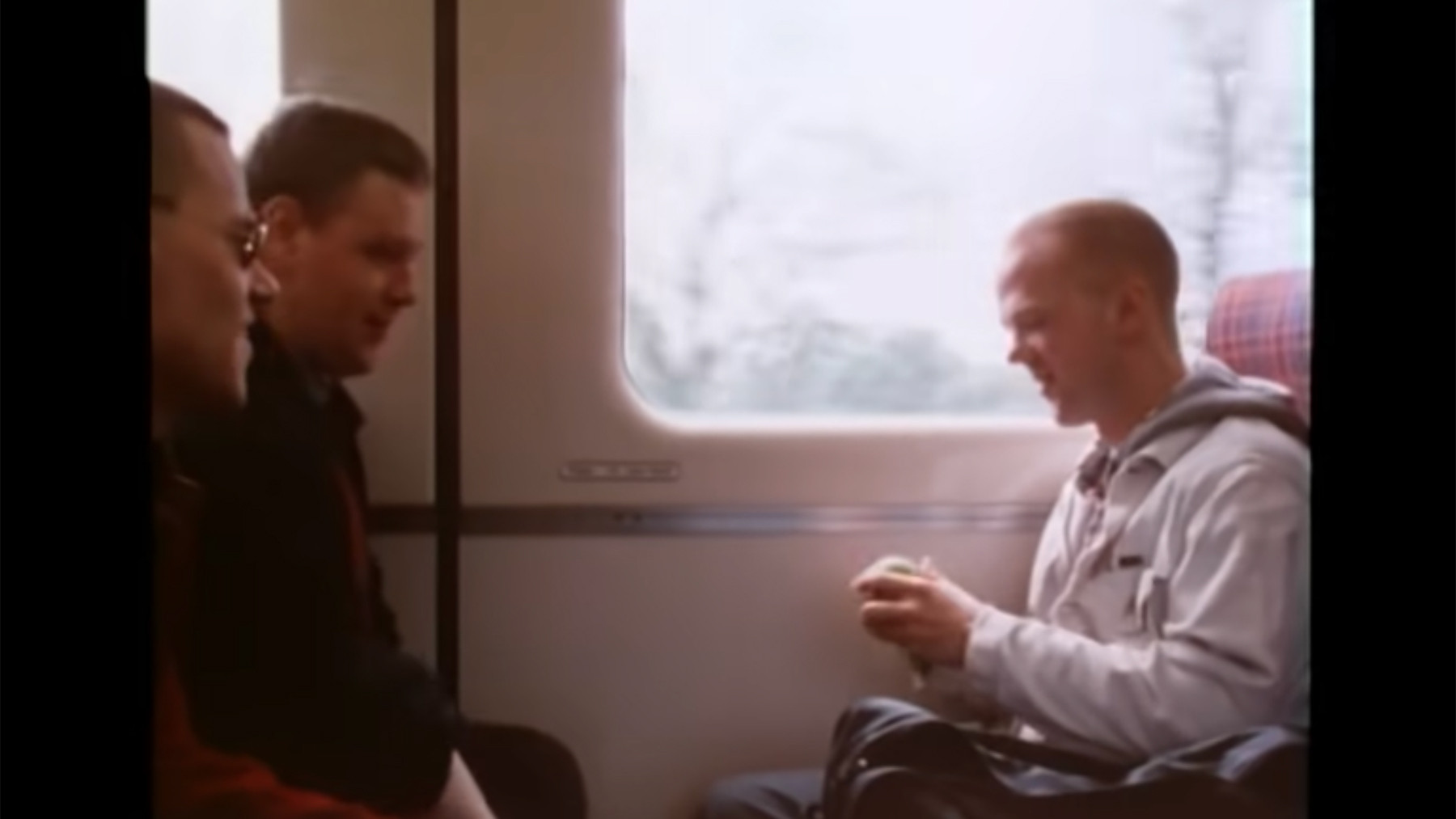 Soft Cell, British synth-pop duo for new wave club dancing
Soft Cell, British synth-pop duo for new wave club dancing
“We both like Northern soul, Sixties music, and the 12-inch record,” Marc Almond explained in 1981 about his and Soft Cell partner David Ball’s musical tastes. They combined these influences into a powerful medley. The duo’s synth-pop rendition of Gloria Jones’ R&B track “Tainted Love” was already a hit, but for the extended version, they seamlessly merged it with another classic from the same era, The Supremes’ “Where Did Our Love Go?” “It was originally just going to include a few bars of ‘Where Did Our Love Go?’ but we like the way it turned out and included the whole song,” Almond said. The resulting nine-minute medley, a perfect encapsulation of New Wave disco, has captivated dance floors ever since, becoming a timeless choice for club dancing. —M.M.
The Orb, ‘Little Fluffy Clouds’ (1990)
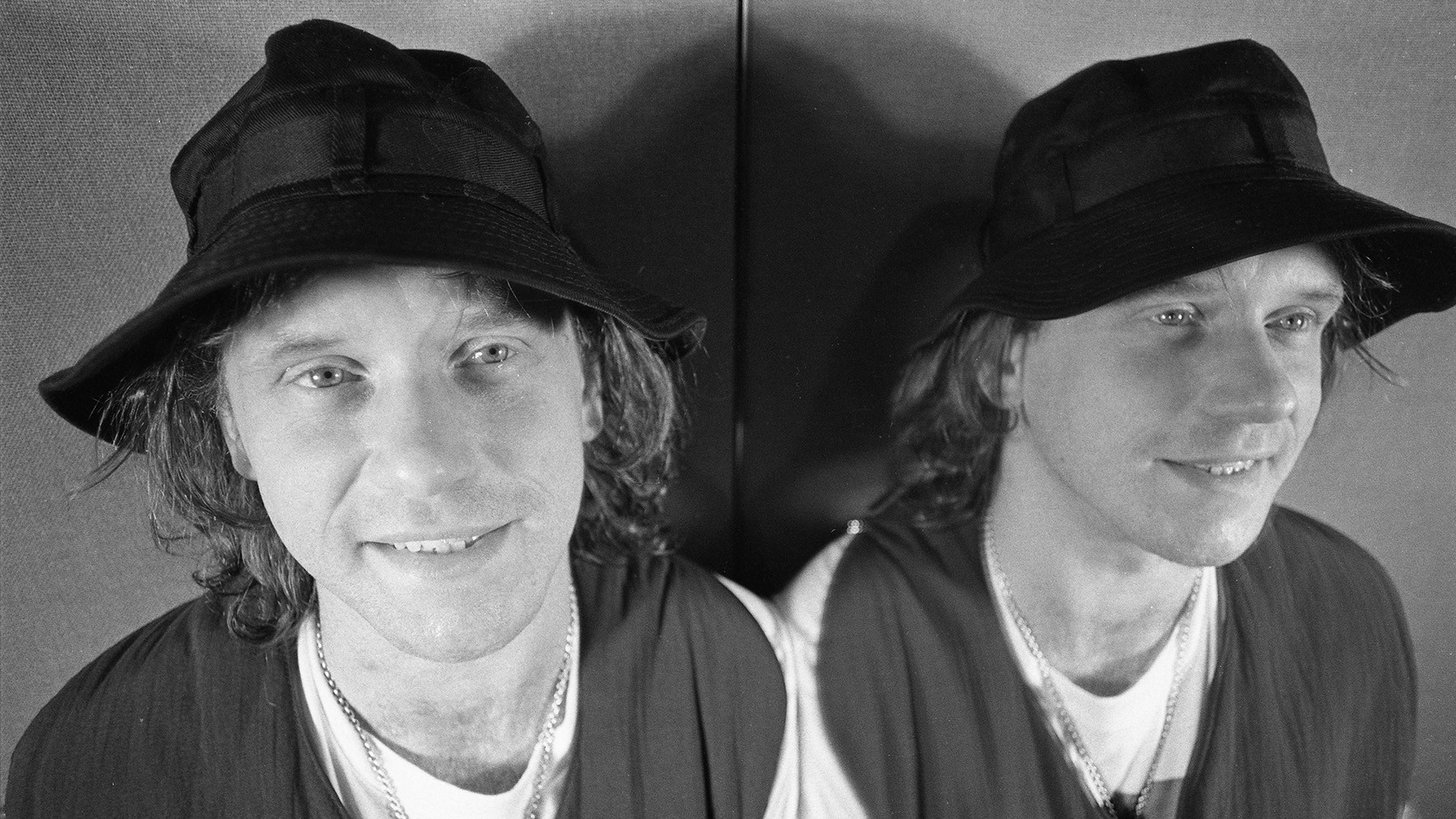 Alex Paterson of The Orb, British ambient house pioneer for chill club dancing vibes
Alex Paterson of The Orb, British ambient house pioneer for chill club dancing vibes
Image Credit: Getty Images
One day, The Orb’s Alex Paterson received a tape from a friend with a note: “This might be a good idea for a new Orb single.” Side A contained an interview with Rickie Lee Jones describing Arizona’s night skies: “The most beautiful skies, as a matter of fact … purple and yellow and red and on fire.” Side B was Steve Reich’s Electric Counterpoint. When Paterson combined them, he created “Little Fluffy Clouds,” the most soothing track of the acid house era. Reich “was very happy when he heard it,” Paterson recalled. “Suddenly, it was being played to the masses, and they were loving it.” “Little Fluffy Clouds” brought ambient house to a wider audience, offering a more relaxed and atmospheric option for club dancing or chill-out zones. —M.M.
Polygon Window, ‘Quoth’ (1993)
Richard D. James, known as Aphex Twin, is perhaps more recognized for introspective electronic music. However, in the early 90s, he also produced rave anthems of the highest caliber. “Quoth,” released under his Polygon Window alias, is a prime example. A percussive symphony, it was a true barn burner, especially popular in the American Midwest during the rave era, where it was literally played in barns. “Quoth” showcases Aphex Twin’s versatility and his ability to create high-energy tracks suitable for club dancing within the rave scene. —M.M.
Skream, ‘Midnight Request Line’ (2005)
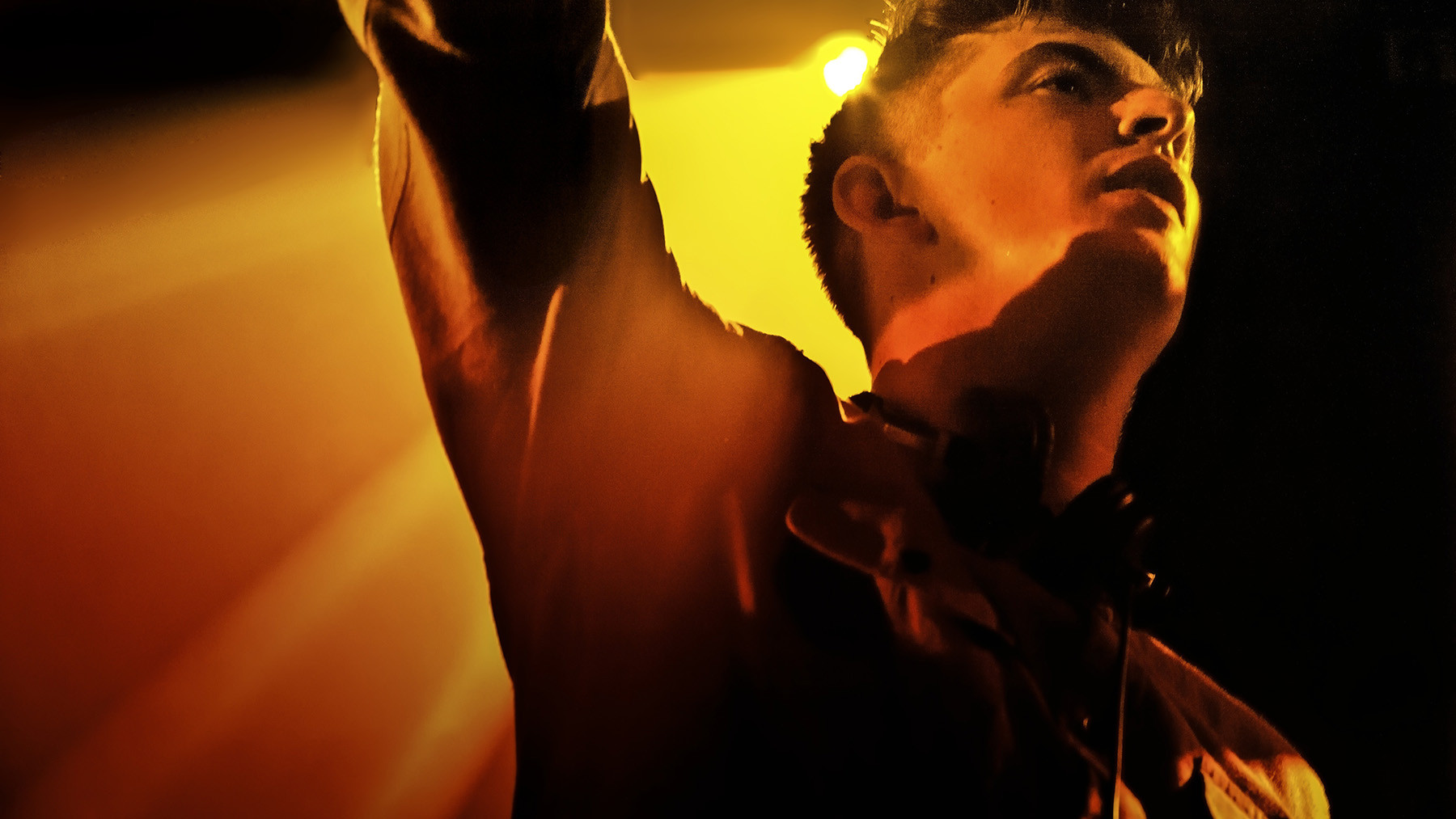 Skream at Fabric Nightclub, British dubstep pioneer for influential club dancing tracks
Skream at Fabric Nightclub, British dubstep pioneer for influential club dancing tracks
Image Credit: Universal Images Group via Getty
Shortly after London dubstep producer-DJ Skream released his atmospheric 12-inch “Midnight Request Line,” he recalled, “I was on a boys’ holiday with my friends. They had a DJ Magazine or a Mixmag rack up on a shelf … I looked at it, and I had Record of the Month. I was like, ‘Shit, I need to get home.’” The track, with its wavering synth melody, smooth bass glide, and prominent claps, propelled Skream and dubstep into the mainstream spotlight. “Midnight Request Line” became a defining track of early dubstep, influential in underground and eventually mainstream club dancing scenes. –M.M.
Paul Johnson, ‘Feel My M.F. Bass’ (1994)
“Ghetto house” emerged as house music’s equivalent to gangsta rap, a self-defined style by a group of 90s Chicago producers, notably those on the Dance Mania label. They created a raw, sample-based, and street-oriented style. Paul Johnson, who used a wheelchair, was a leading figure in this genre, producing unconventional tracks with a unique flair. (His DJ mixtapes, often featuring his dreamy voice-overs, were also notable). Johnson’s pinnacle was “Feel My M.F. Bass,” a direct and powerful track characterized by a deep kick drum over which Johnson, who tragically passed away from Covid in August 2021, playfully and provocatively chants, “Feel my motherfuckin’ bass in your face,” as if serenading a lover. When the kick drum returns, the intention is clear. “Feel My M.F. Bass” became a ghetto house anthem and a raw, energetic choice for club dancing. —M.M.
Ten City, ‘That’s the Way Love Is’ (1989)
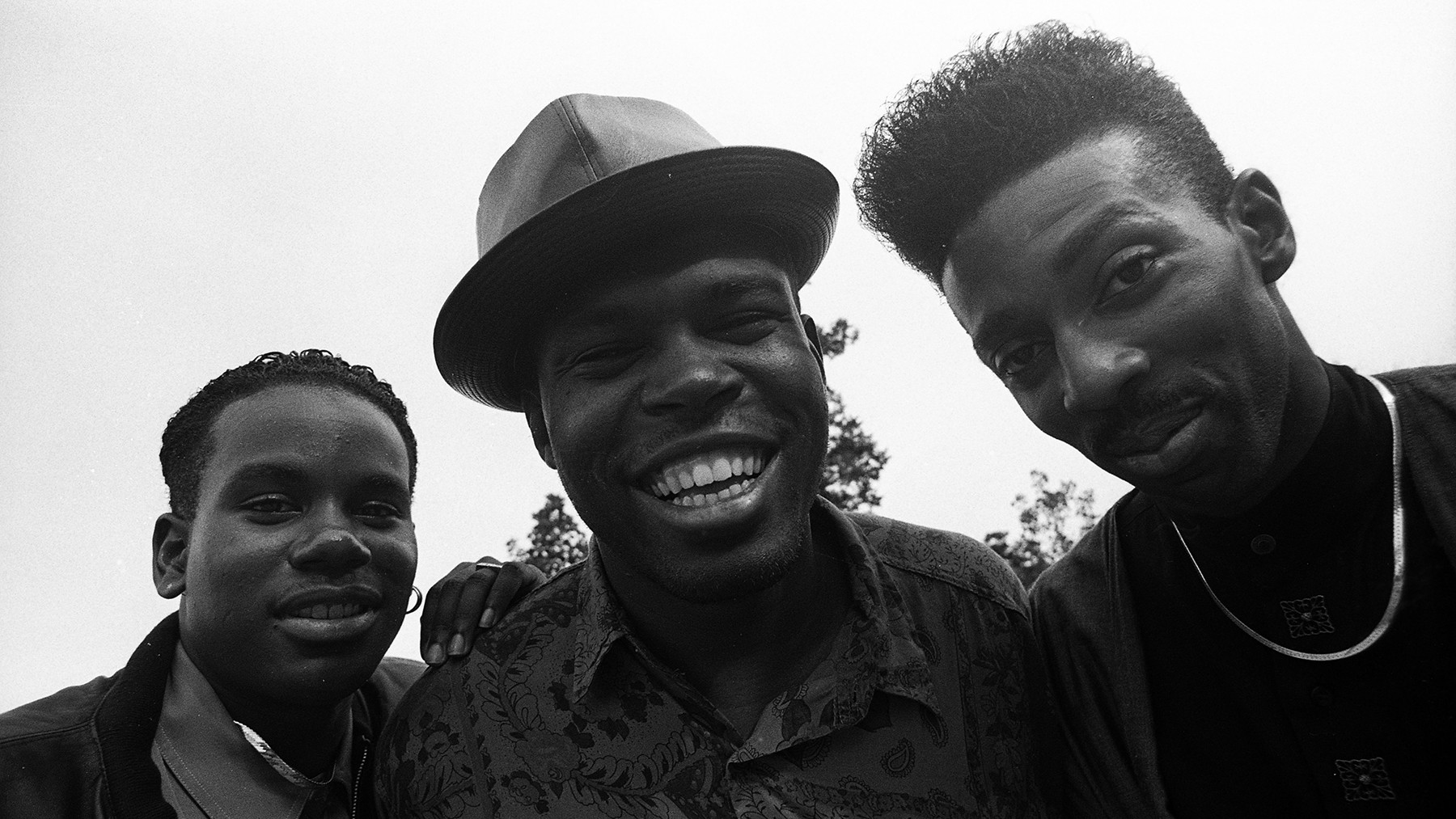 Ten City group portrait, Chicago house vocal trio for soulful club dancing
Ten City group portrait, Chicago house vocal trio for soulful club dancing
Image Credit: Getty Images
“When Ten City started, I think we were both at a point where we wanted to expand the genre by writing proper songs while at the same time doing more abstract things,” explained Marshall Jefferson, who produced the Chicago house vocal trio. “That’s the Way Love Is,” Ten City’s third single, perfectly captured their style – Philly-soul strings layered over lush love songs, topped by Byron Stingily’s soaring falsetto. It reached the UK Top 10 and Number One on the Billboard dance chart. Jefferson also noted, “people in South Africa have told us stories of how that song represents liberation for them.” “That’s the Way Love Is” became a soulful and uplifting house anthem, popular in clubs and for club dancing worldwide. —M.M.
Nitzer Ebb, ‘Join in the Chant’ (1987)
Image Credit: Getty Images
Hailing from England’s Midlands, industrial groove band Nitzer Ebb’s danceability was organically developed. Frontman Douglas McCarthy told The Guardian, “The clubs we knew were disco and funk. It’s in the DNA of the area.” Nitzer Ebb’s most rousing anthem, “Join in the Chant,” was a perfect techno crossover, especially in Detroit, where techno artists like Carl Craig and Jeff Mills had once embraced industrial music. Richie Hawtin included “Chant” in his seminal 1999 mix CD Decks, EFX & 909, and Andrew Weatherall famously said, “The closest I felt to God was listening to ‘Join in the Chant.’” “Join in the Chant” bridged industrial and techno, becoming a powerful and energetic track for club dancing. —M.M.
Bronski Beat, ‘Smalltown Boy’ (1984)
 Soft Cell, British synth-pop duo for new wave club dancing
Soft Cell, British synth-pop duo for new wave club dancing
Bronski Beat’s Jimi Somerville once joked that his vocal training consisted of singing along to Donna Summer and Sylvester records. “I wanted a lot more out of life than working in a paint factory and having to accept that being gay was a nighttime occupation only,” he said. “I just had had enough of the abuse and the heartache.” He channeled this anguish into “Smalltown Boy,” a poignant portrayal of alienation and escape. With its yearning vocal hook (“Run away, run away, run away”) and smooth synth backdrop, it instantly became a gay club anthem, reaching Number One on the Billboard club chart and the UK Top Three. “Smalltown Boy” is a deeply emotional yet danceable track, a cornerstone of gay club dancing culture. —M.M.
LFO, ‘LFO (Leeds Warehouse Mix)’ (1990)
Image Credit: PYMCA/Universal Images Group/Getty Images
LFO were pioneers of Sheffield, England’s “bleep” scene, Warp Records’ original signature sound, which is exactly what it suggests. However, as Warp’s Steve Beckett explained, “it had nothing to do with the bleeps for the people making it — for them it was all about the bass.” The track that got LFO signed to Warp was their self-titled number. Icy synth chords and squiggly “bleeps” create a foundation for layers of low end. The bassline compels movement, while the sub-bass can shake entire city blocks. “LFO” became a seminal track in bleep techno and a powerful, bass-driven choice for club dancing. —M.M.
Drake, ‘Sticky’ (2022)
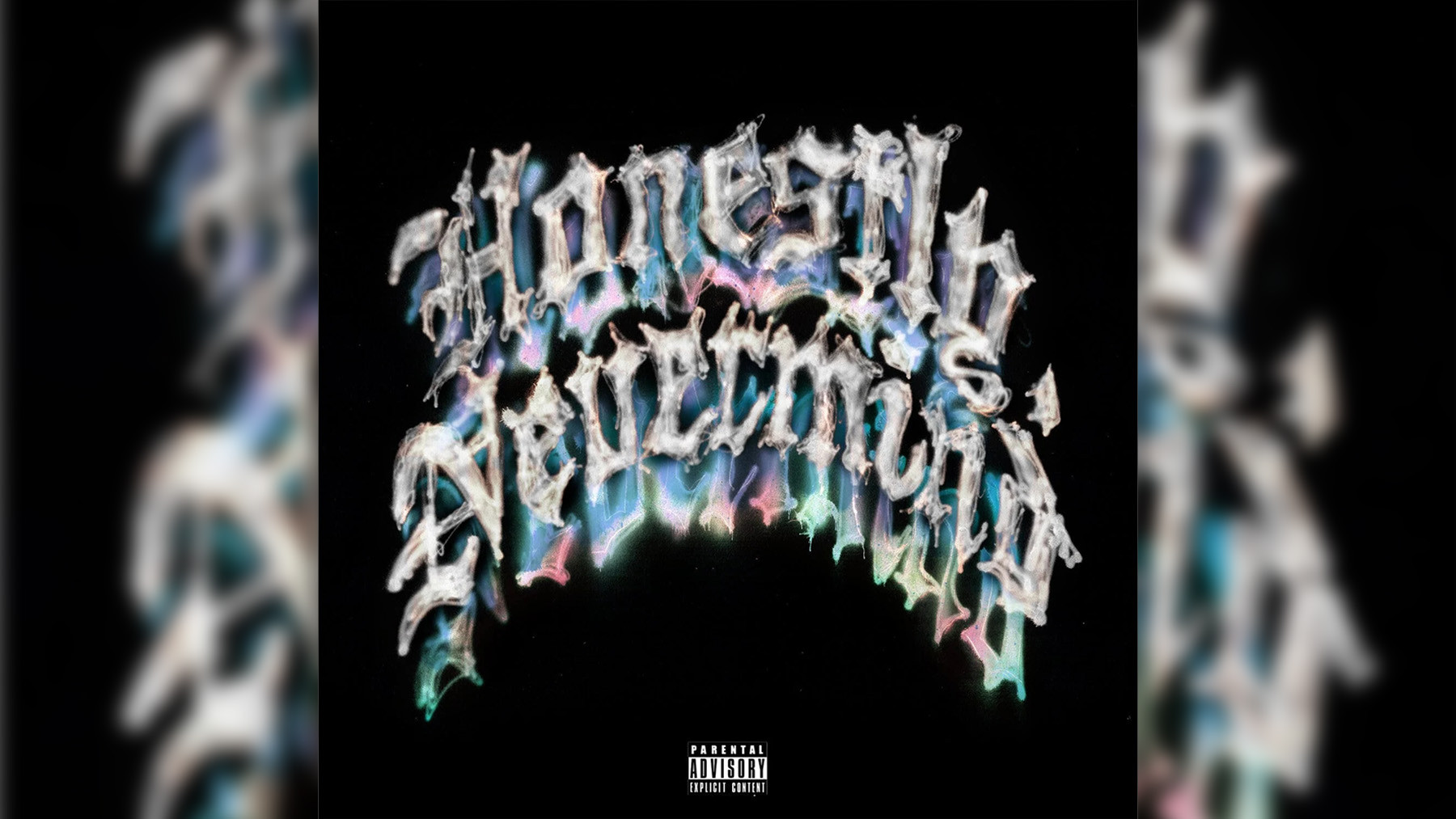 Drake Sticky, Canadian rapper venturing into dance music for modern club dancing
Drake Sticky, Canadian rapper venturing into dance music for modern club dancing
As the title suggests, Drake’s foray into dance music, Honestly, Nevermind, feels intentionally understated, casually incorporating Jersey and Baltimore club music alongside various deep house influences. The standout track is “Sticky,” produced by Gordo and Ry X. Here, Drake departs from the album’s predominantly low-key vocals and raps about personal topics, including the release of Young Thug and the passing of Virgil Abloh. It’s a notable example of a megastar venturing into a subculture and emerging with a refreshed sound. “Sticky” showcases Drake’s adaptability and his take on contemporary club dancing rhythms. —J.D.
Roland Clark, ‘I Get Deep (Shelter Mix)’ (2000)
“The love of house music started when I went to Club Zanzibar in lieu of my prom,” Roland Clark recounted, referring to the Newark, New Jersey, club where Tony Humphries held a legendary DJ residency. This anthem makes the depth of his love evident. Over lively kicks and hi-hats and a swirling keyboard melody, Clark delivers a spoken-word piece capturing a transcendent dance floor moment: “All the sweat just goes down my face/And I pretend that there’s nobody there but me in this place.” Clark also included the a cappella version on the 12-inch, which was later sampled by Fatboy Slim on his album Halfway Between the Gutter and the Stars. “I Get Deep” encapsulates the spiritual and immersive experience of club dancing within house music culture. —M.M.
Aly-Us, ‘Follow Me’ (1992)
 Aly-Us Follow Me, New Jersey house vocal trio for uplifting club dancing anthems
Aly-Us Follow Me, New Jersey house vocal trio for uplifting club dancing anthems
Early house music often had a raw, slightly imperfect quality, which was a significant part of its charm. This is particularly true of “Follow Me,” an uplifting anthem with a gospel-like structure and message (“We must stop fighting/To achieve the peace”) from a New Jersey vocal trio. They recorded it in a basement using a four-track recorder. Its lo-fi production, along with the occasional vocal imperfections, only enhance the song’s sense of urgency and sincerity. “Follow Me” became an inspirational house classic, popular for its positive message and uplifting vibe in club dancing settings. —M.M.
George McCrae, ‘Rock Your Baby’ (1974)
Image Credit: Redferns
In the summer of 1974, two songs that first gained popularity in clubs reached Number One on the Billboard Hot 100. One was Hues Corporation’s “Rock the Boat,” and the other was George McCrae’s smooth classic, “Rock Your Baby.” These tracks are considered the first disco hits to achieve mainstream success. The shimmering instrumental track for “Rock Your Baby” was created by keyboardist Henry Wayne Casey, drummer/bassist Richard Finch, and guitarist Jerome Smith. McCrae was added as the vocalist, almost by chance, as he was often at the TK Records offices. He recalled, “I think they gave me ‘Rock Your Baby’ to get me out of their hair.” After the record became a hit, Casey, Finch, and Smith formed the core of KC and the Sunshine Band. “Rock Your Baby” marked a pivotal moment in the rise of disco and its influence on club dancing. —M.M.
El General, ‘Perezosa’ (1995)
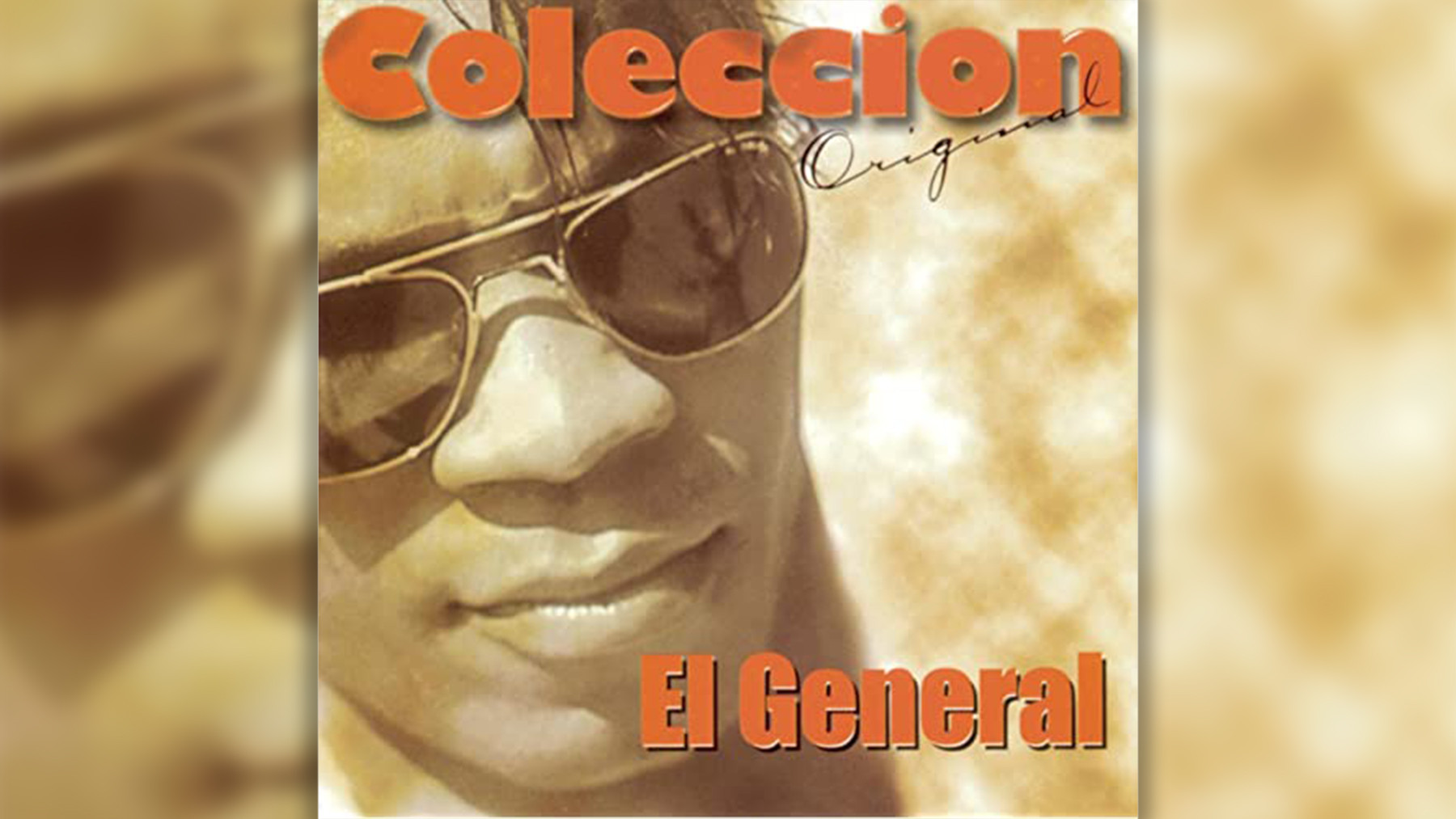 El General, Panamanian reggaeton pioneer for Latin club dancing anthems
El General, Panamanian reggaeton pioneer for Latin club dancing anthems
Panamanian artist El General is a pioneer of reggaeton, setting the foundation for the genre by creating massive international hits using reggae rhythms in the 80s and 90s. However, his experimental approach and broader influence on club music are often overlooked. “Perezosa,” a powerful and empowering dance anthem from his album Club 555, exemplifies his range. The album is filled with high-voltage electronic sounds that captured the energy of vibrant parties across Latin America. “Perezosa” showcases El General’s innovative sound and its impact on Latin club dancing and beyond. —J.L.
Tom and Jerry, ‘Maximum Style’ (1994)
Image Credit: Naki/Redferns/Getty Images
4Hero, consisting of Marc Mac and Dego MacFarlane, are central figures in drum and bass, consistently producing hits throughout the genre’s evolution from early 90s UK hardcore to late 90s neo-fusion, sometimes under various aliases. Tom and Jerry is one such alias, responsible for the gem “Maximum Style,” released as jungle’s popularity was surging in the UK. This smooth, gliding track, with its captivating, insistent guitar melody and occasional cartoon sound effects, maintains a playful vibe while delivering a seriously infectious groove. “Maximum Style” became a highlight of jungle music and a popular choice for club dancing. —M.M.
LCD Soundsystem, ‘Losing My Edge’ (2002)
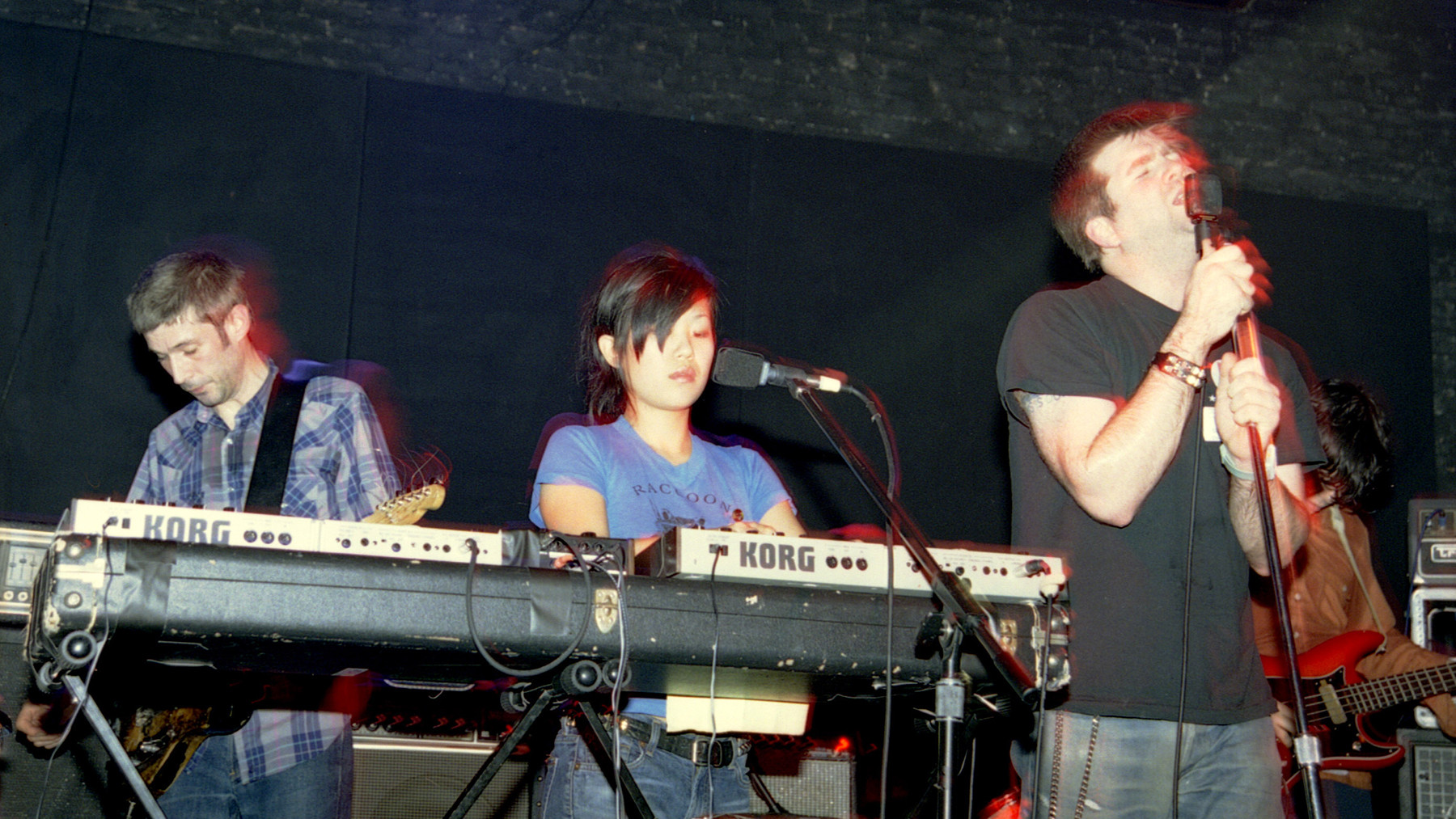 LCD Soundsystem performing in New York City, dance-punk band for ironic club dancing anthems
LCD Soundsystem performing in New York City, dance-punk band for ironic club dancing anthems
Image Credit: Redferns
The debut single by James Murphy’s LCD Soundsystem, “Losing My Edge,” is both a compelling dance track and a brilliant piece of stand-up comedy. It’s a blast of wry irony that also ignited New York’s dance-punk scene in the early 2000s. Murphy embodies an aging hipster humorously observing his fading relevance as a younger generation emerges, making him feel outdated, even though he “was there, at the first Can show in Cologne,” or was the first “to play Daft Punk to the rock kids.” “Losing My Edge” makes you laugh and dance simultaneously, and its sense of FOMO resonates universally, making it a unique and ironic anthem for club dancing. —J.D.
Shakira, ‘Ojos Asi (Thunder Mix)’ (1999)
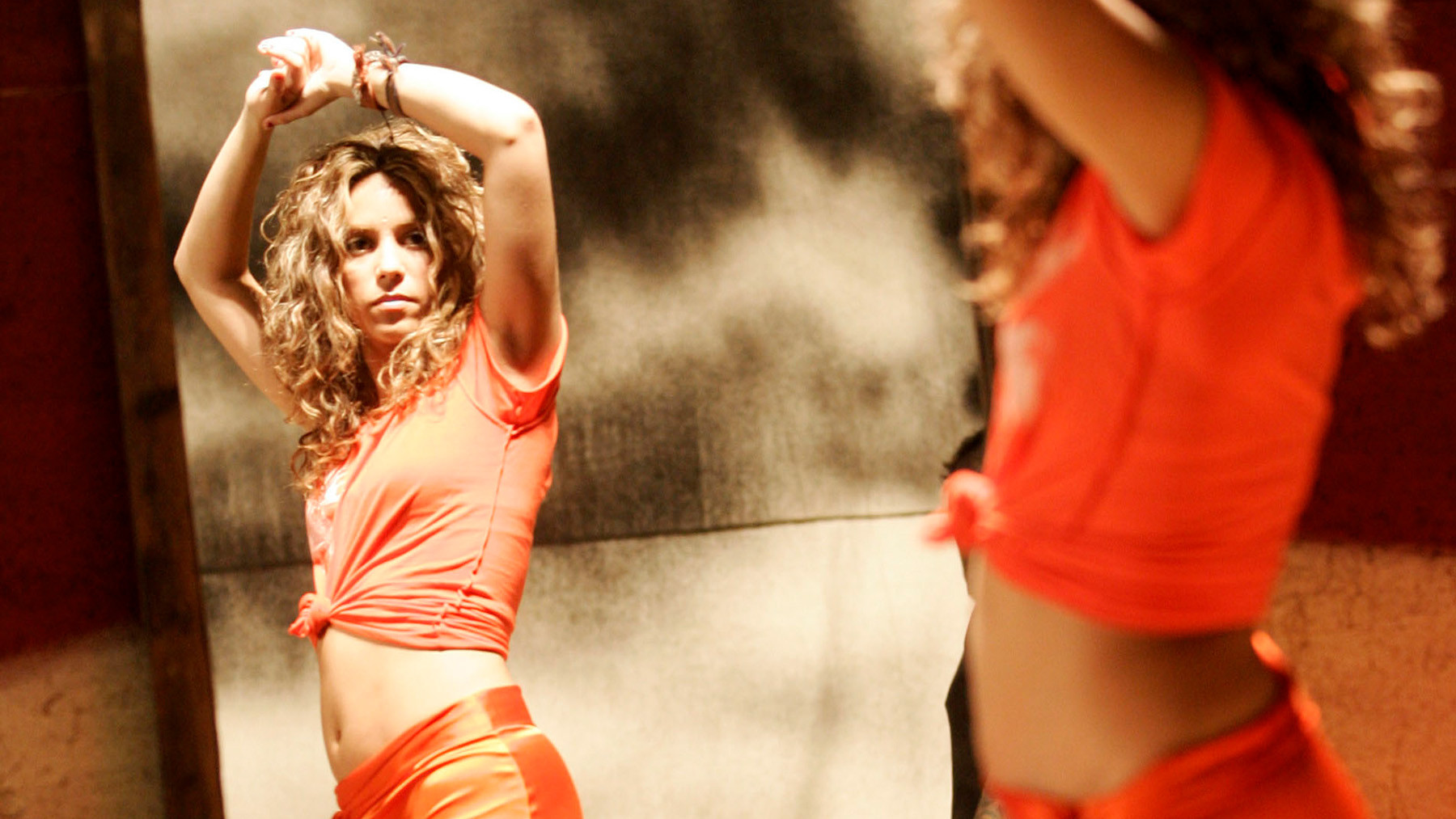 Shakira performing, Colombian pop star remixed for global club dancing
Shakira performing, Colombian pop star remixed for global club dancing
Image Credit: ASSOCIATED PRESS
Pablo Flores is considered a key architect of Latin pop. The Puerto Rican DJ worked extensively with major artists associated with Emilio Estefan, including Gloria Estefan and Ricky Martin. When he encountered a relatively unknown Colombian singer named Shakira in the 90s, he and his music partner, Javier Garza, helped her create “Ojos Asi.” This prescient song honored her Lebanese heritage while foreshadowing the boundary-pushing, global sound of future Latin music. His extended remix, “Thunder Mix,” expanded on these ideas with masterful production that appealed to dance floors worldwide. “Ojos Asi (Thunder Mix)” became a global Latin club dancing hit, showcasing Shakira’s unique sound and Flores’ remixing skills. —J.L.
Squarepusher, ‘My Red Hot Car’ (2001)
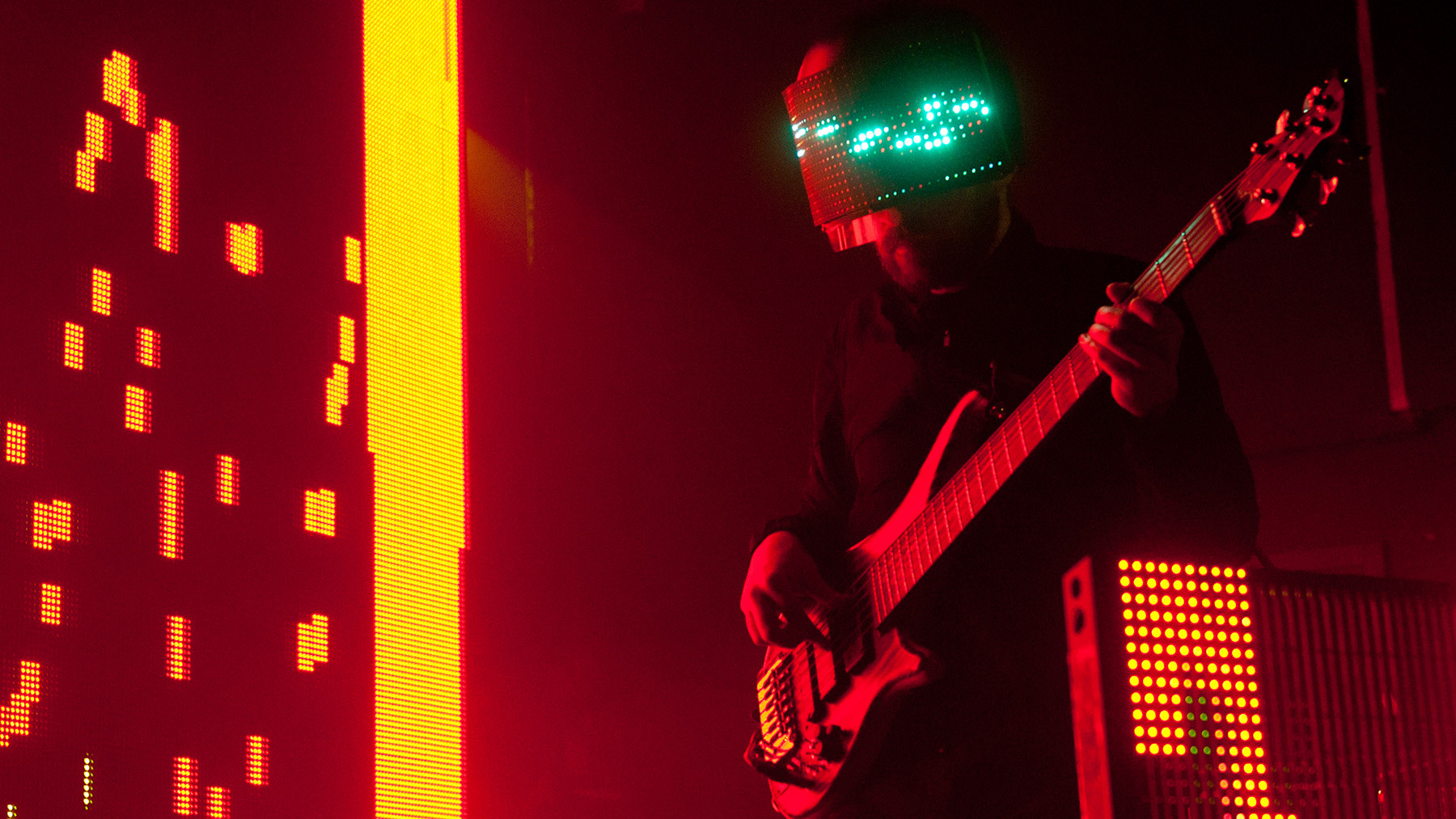 Squarepusher performing, British IDM artist for experimental club dancing
Squarepusher performing, British IDM artist for experimental club dancing
Image Credit: Redferns via Getty Images
As Squarepusher in the mid-90s, Tom Jenkinson twisted drum and bass’s frenetic energy into intricate, almost un-danceable structures, infusing it with intellectual complexity. “Basically, I was beginning to stare up my own ass,” he later admitted. As a result, “I wanted to shake things up and make music in a more spontaneous, almost flippant way.” However, the cut-up vocals and glitchy production of “My Red Hot Car” are not purely abstract. The flickering complexity is balanced with strategic moments of silence, all outlining a groove that can still move crowds, featuring Jenkinson’s playful bassline. “My Red Hot Car” became a favorite among adventurous DJs and a challenging yet rewarding track for club dancing. —M.M.
Moloko, ‘Sing It Back (Boris Musical Mix)’ (1997)
Image Credit: Getty Images
With Róisín Murphy’s vocals, memorably described by her partner Mark Brydon as “Peggy Lee on mescaline,” Moloko’s 1998 single “Sing It Back” was atmospheric, downtempo, and expansive. It initially underperformed. Then, Belgian house producer Boris Dlugosch created his remix – a crisp house groove in the style of Chic, with a seductive rhythm guitar and playful bassline. This remix reached the UK Top Five and launched Murphy’s successful and often danceable solo career. “Sing It Back (Boris Musical Mix)” transformed the original into a house anthem, perfect for club dancing. —M.M.
The Human League, ‘Don’t You Want Me’ (1981)
 The Human League performing, British synth-pop band for iconic club dancing hits
The Human League performing, British synth-pop band for iconic club dancing hits
“Phil [Oakey] had this idea lyrically for this song: a story in the song which is very much A Star Is Born [and] My Fair Lady — the impresario who takes an everyday person and transforms her into a superstar that outshines himself,” Human League keyboardist Jo Callis said about “Don’t You Want Me,” which he co-wrote. The group initially didn’t think much of the song, despite its he-said-she-said narrative and catchy riff, as well as its huge chorus. However, “Don’t You Want Me” became the group’s first Number One hit in both the UK and US, and a Top Three hit on the Billboard Dance Club chart. It marked a key moment in the convergence of UK synth-pop, club music, and Top 40 radio, becoming a defining track for club dancing in the early 80s. —M.M.

